

Curators of Learning

Welcome to Aurora International Primary School, a Reggio Emilia-inspired learning community where we believe that children are the curators of their own learning. At Aurora, we are committed to providing a learning environment that promotes inquiry-based learning, where children are encouraged to explore, question, and investigate the world around them. We believe in building strong relationships with our children, families, and the wider community, to create a supportive and collaborative learning environment that fosters a love of learning.
Taryn Gould, Primary Coordinator
Fabric book, Dau



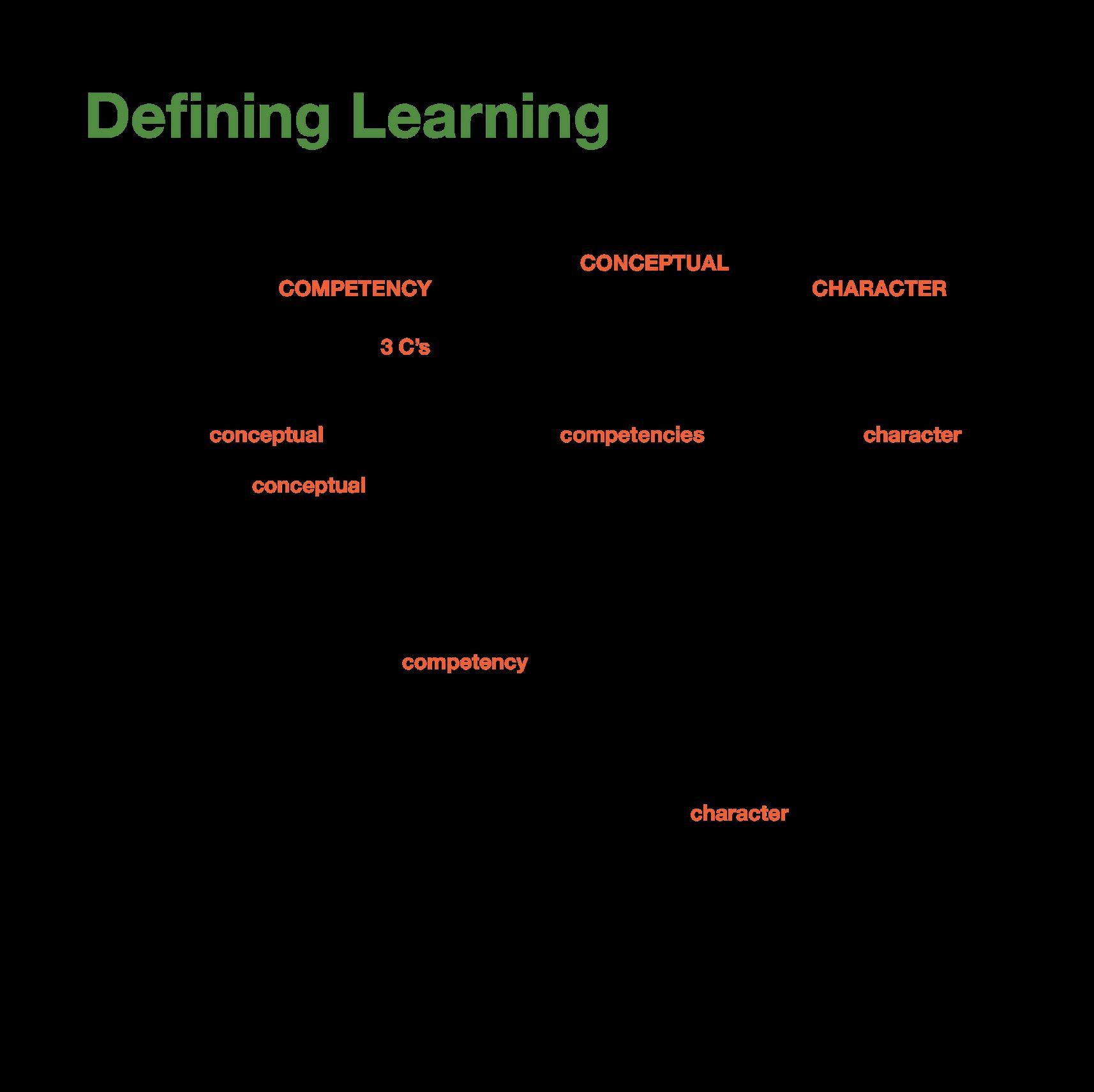



“Children have the right to imagine. We need to give them full rights of citizenship in life and in society.”
Loris Malaguzzi
“The world so big!” Nam
Investigative Research
WHO AM I?
Developing a strong sense of self and understanding our identity is crucial for children to lay a solid foundation for a fulfilling and happy life. In this module, children have delved into exploring their own unique qualities and the traits they share with others. The diverse nature of the group provided an excellent opportunity for them to embrace and appreciate cultural differences, appearances, family backgrounds, and places of birth.
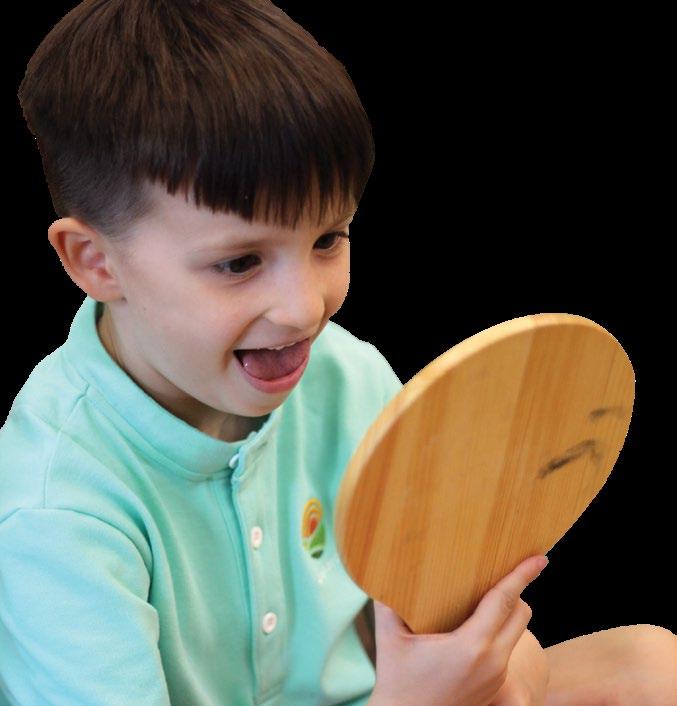
“I have a big head – big ear”, James.
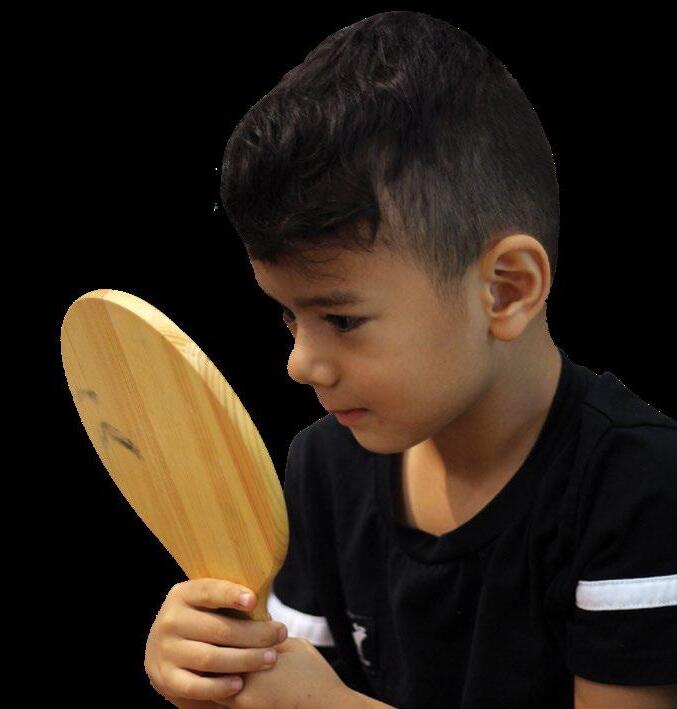
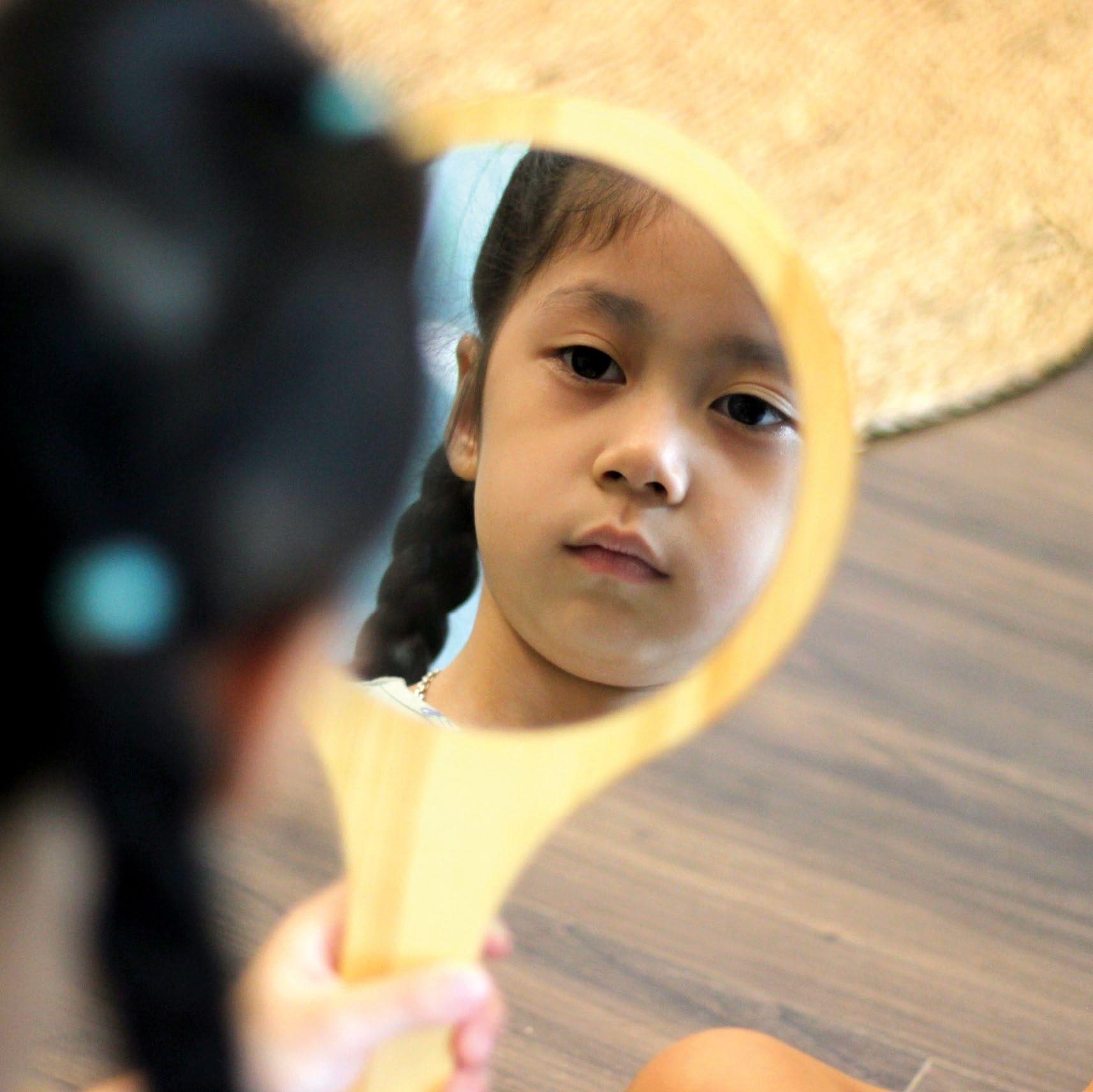
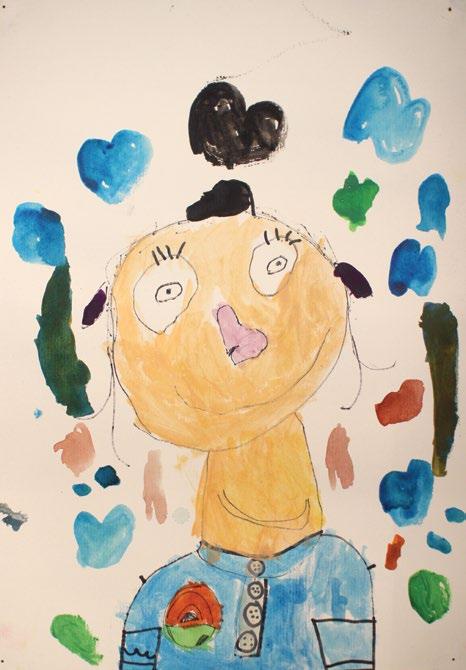
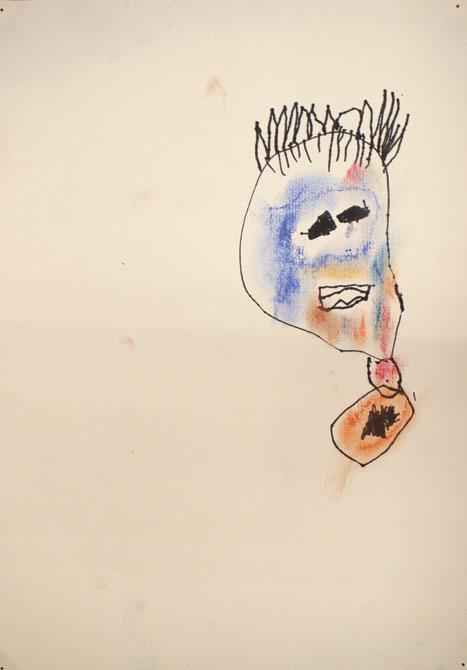
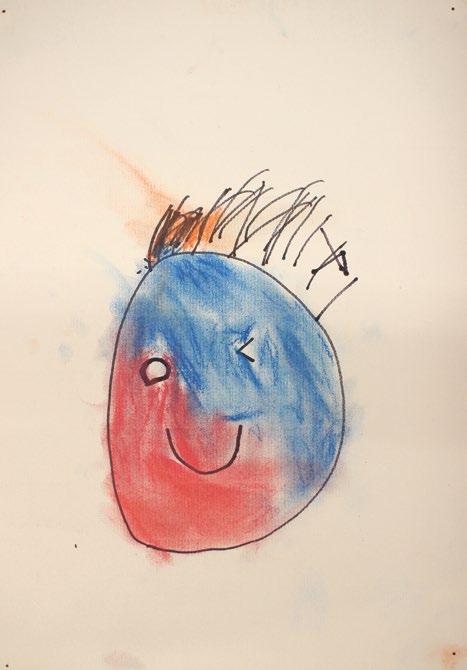

Sakurako
Yuto
Nam James

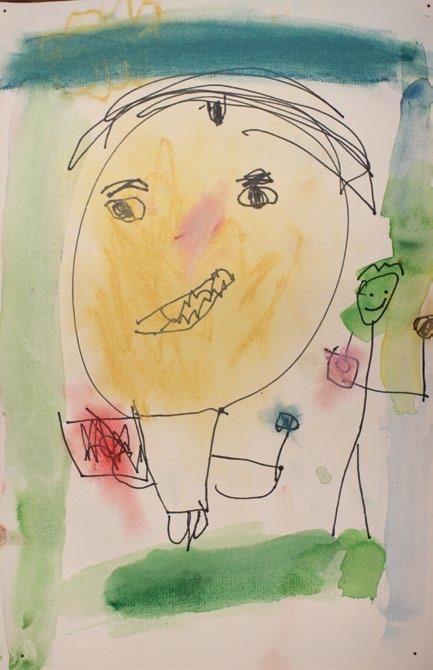

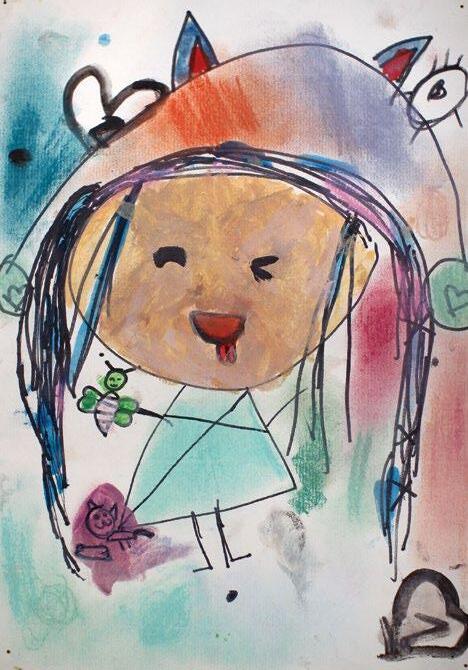
Mip
Vi Anh
Koharu
Dau
This diversity sparked a profound curiosity about countries worldwide, which was ignited as soon as we unveiled the Map. The Prep class eagerly immersed themselves in this inquiry, engaging in delightful conversations and explorations centered around identity. Through these meaningful interactions, the children have gained a conceptual understanding of themselves and have come to realize that despite our differences, we are all interconnected in numerous ways.
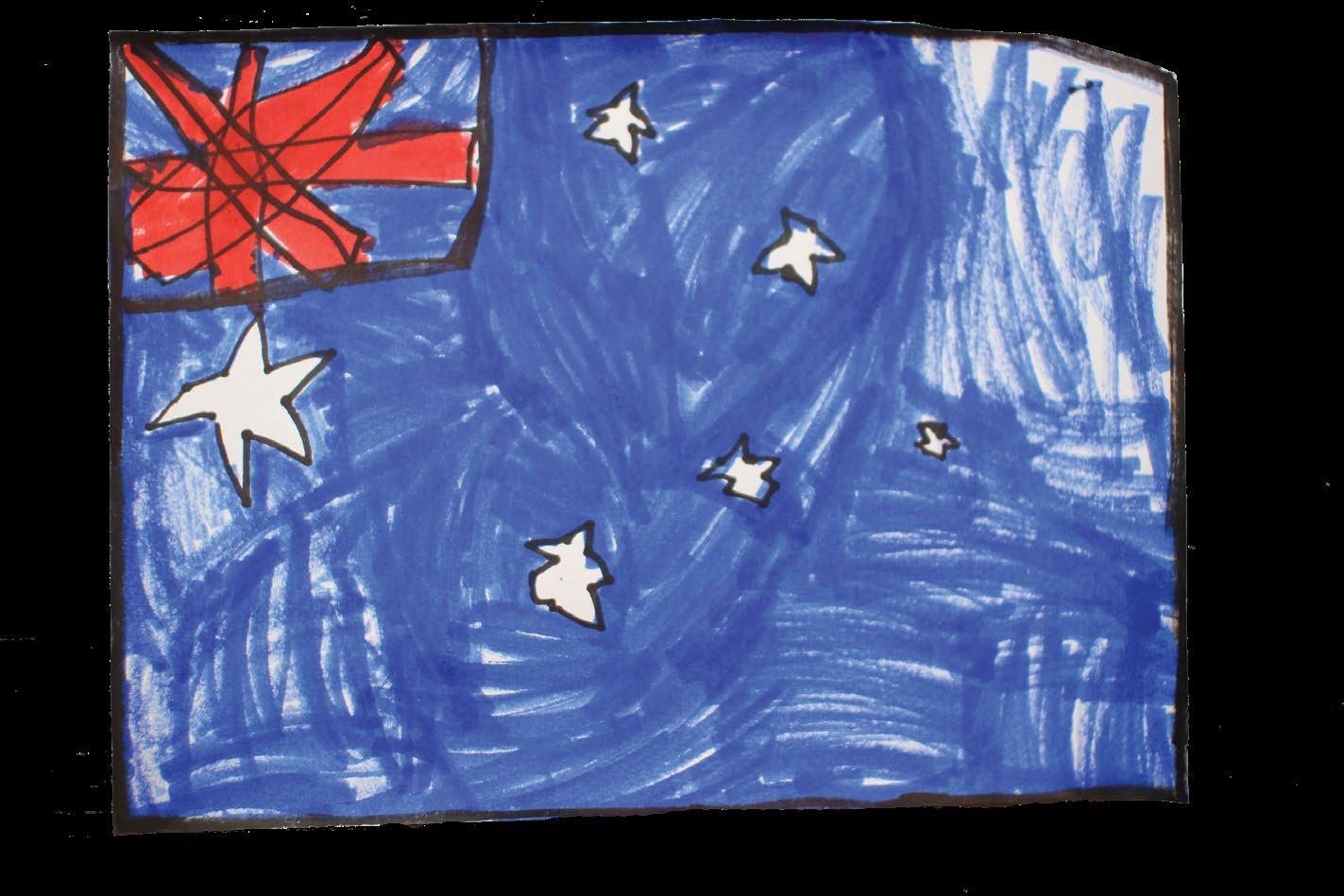
“Australian
flag”, Fibre pen on paper, James



As they learned about themselves and one another, they developed their character by becoming confident in who they are as people, reflective about their strengths and connected to the classroom context and community.
Prep embarked on a captivating journey into the mysteries of the human body. Using an array of loose parts, they outlined their tiny frames, each expressing their unique contours. Engrossed in books about anatomy, they delved deeper into the inner workings of their vessels. With markers in hand, they traced their outlines, skillfully adding vibrant organs, bringing their creations to life. A remarkable exploration that fused art and science, fueling their young minds with curiosity and knowledge.
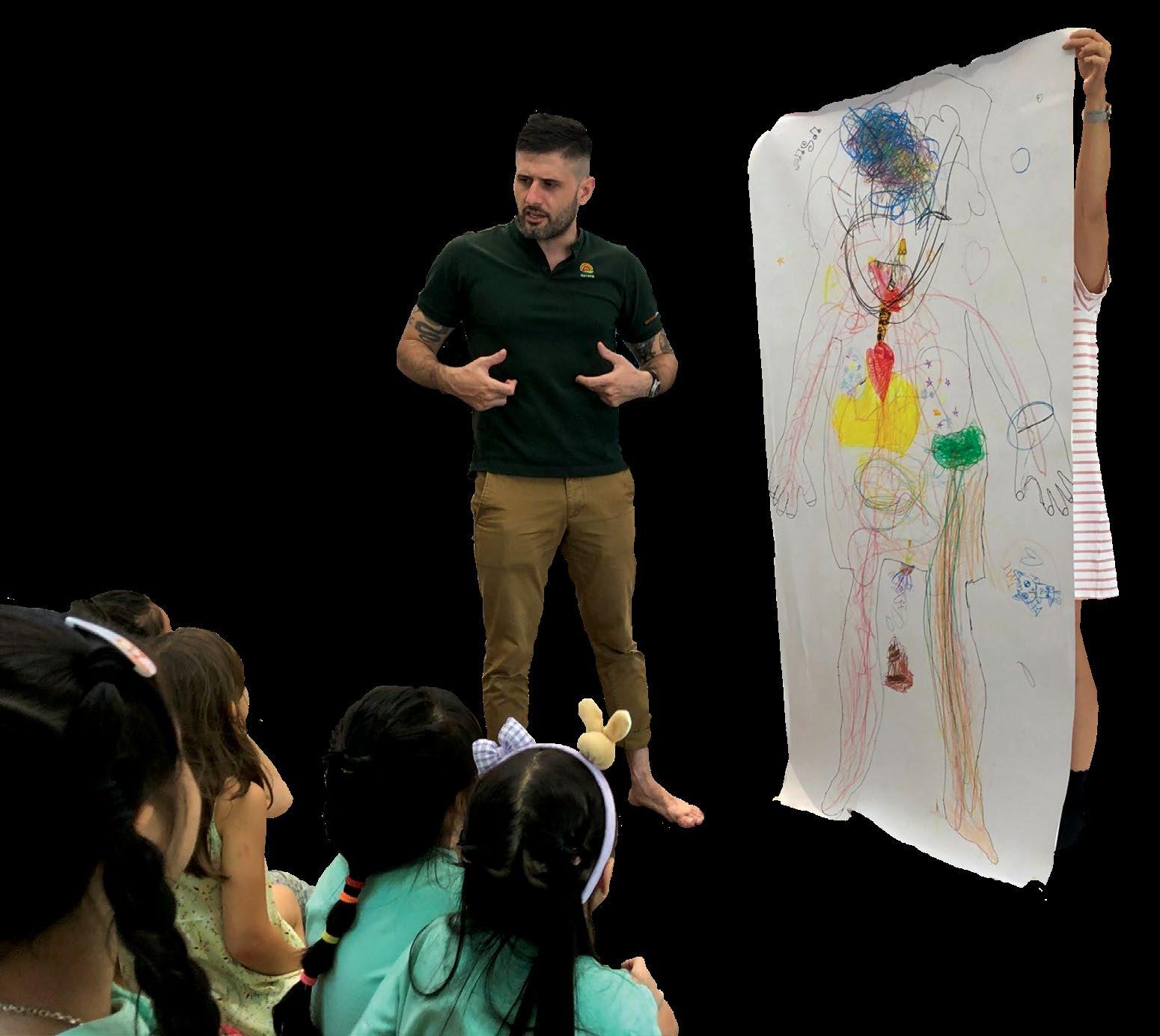
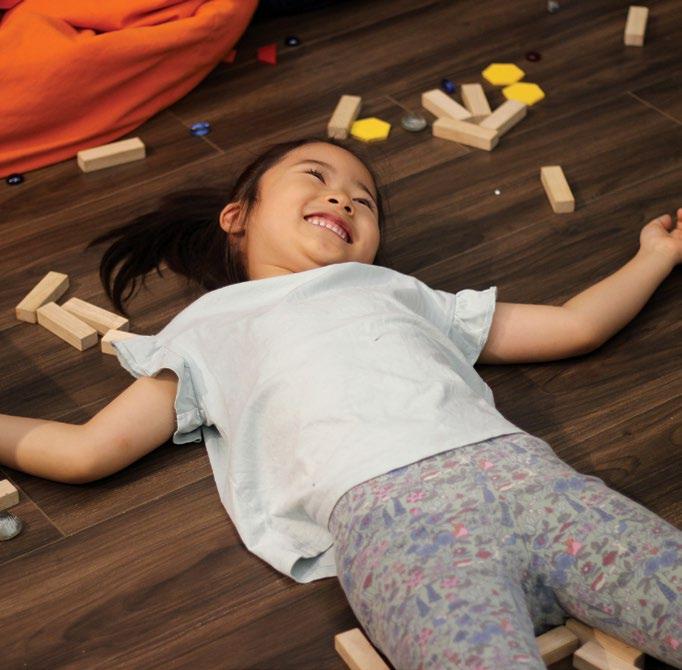


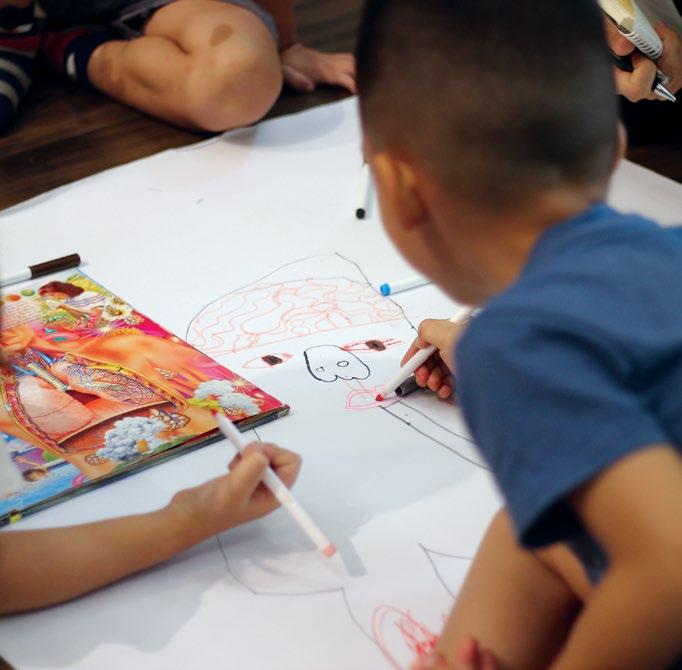

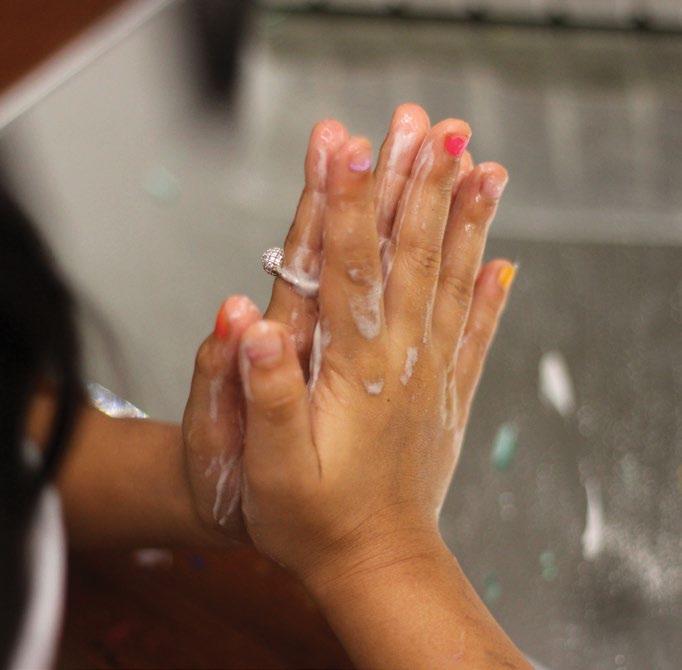
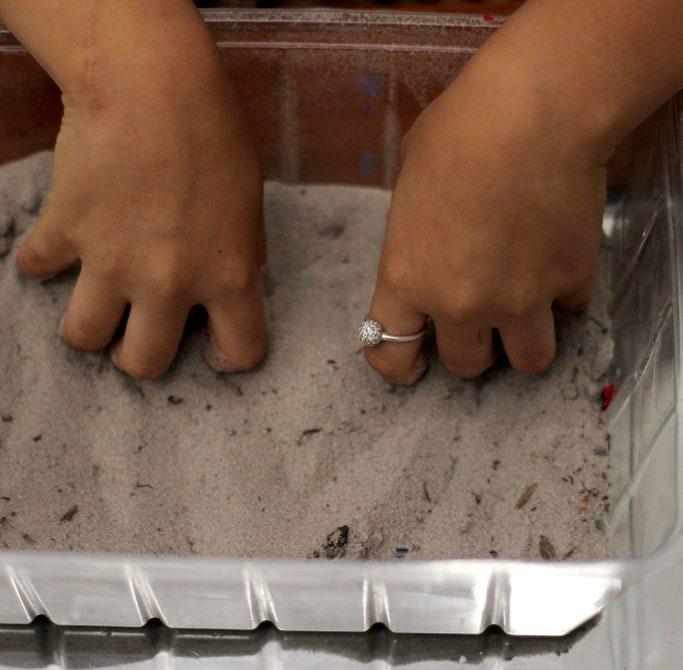
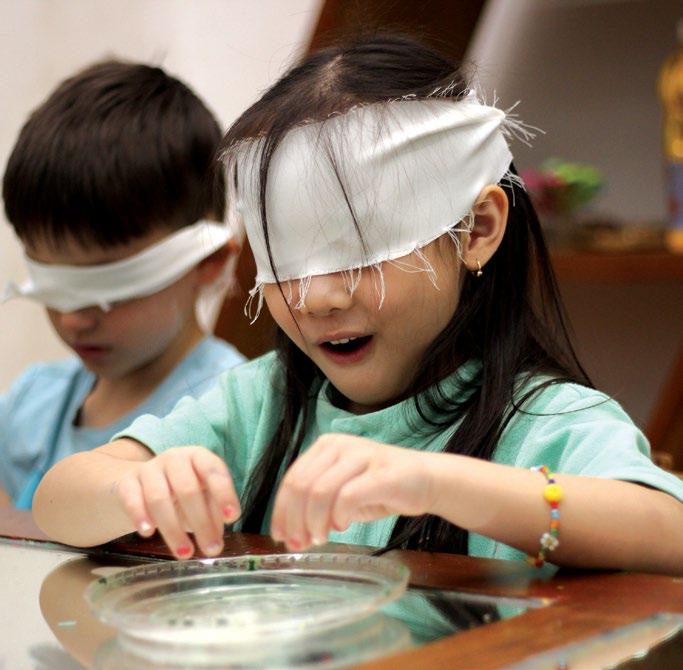
As the children dove deeper into exploring their bodies, the class explored the wonders of sight, touch and taste. Blindfolded, relying solely on their fingertips to navigate, their little fingers sifted through fine sand and other materials, discovering their textures and sensations. With immense curiosity, they inhaled the pungent aroma of substances such as nuoc mam, unraveling the complexities of smell. A captivating journey that awakened their senses, fostering a deeper connection to the world around them.

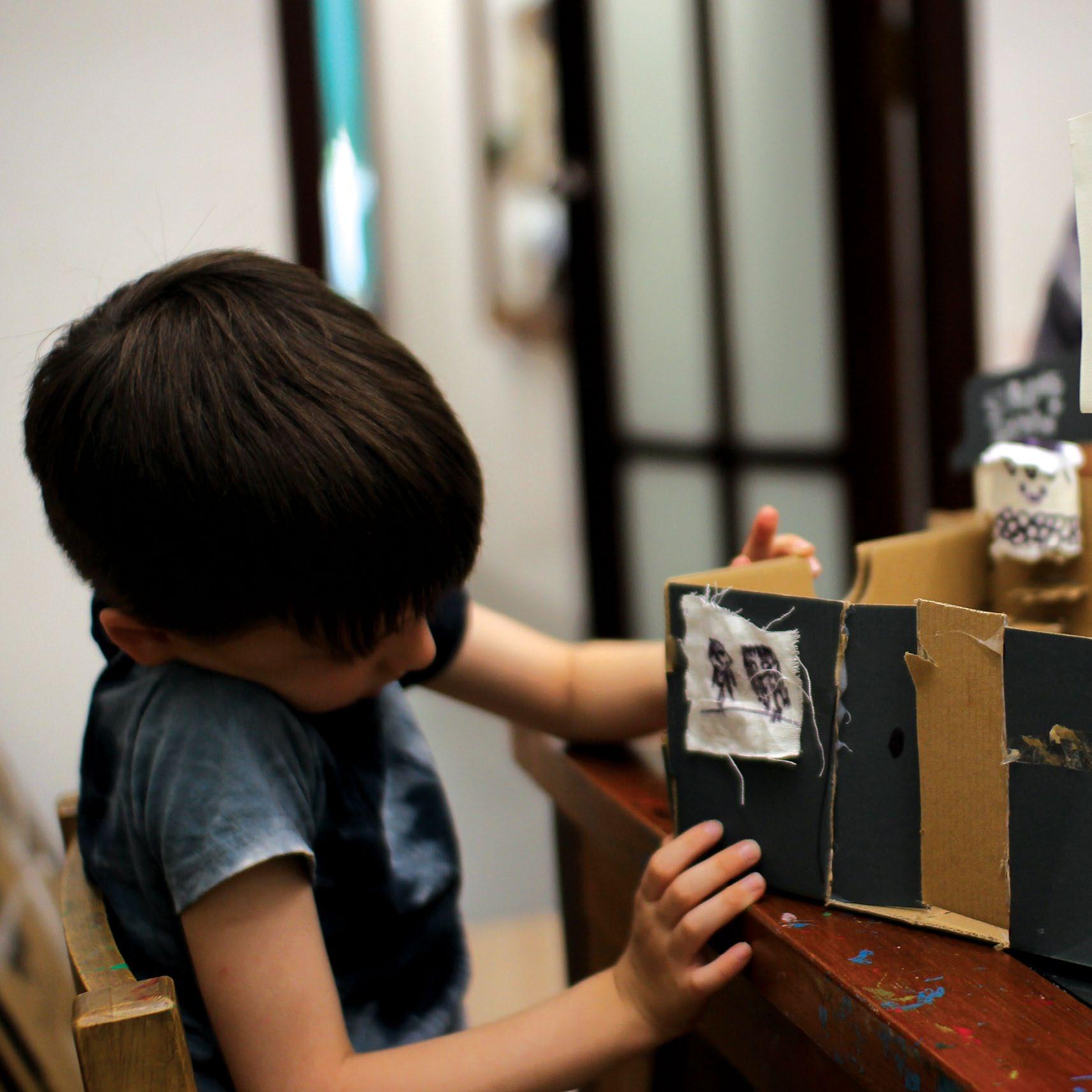
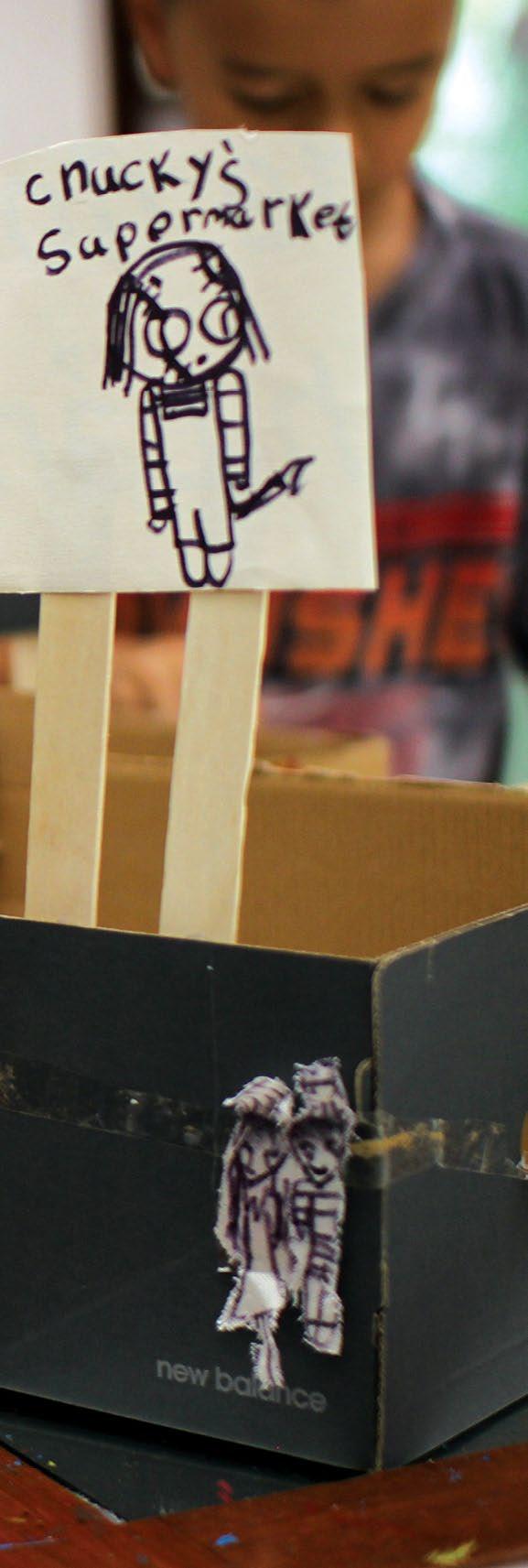
“Education is the right of all, of all children, and as such is a responsibility of the community.”
Indications, Reggio Children
Wednesday Ville
The children’s interest in cities during play led to an exciting project that ignited their creativity and problem-solving skills. After viewing their enthusiasm, we decided to nurture it by inviting them to build their own city.
To start the project, the children were encouraged to collaboratively plan the city on paper. This initial step allowed them to brainstorm and articulate their ideas, fostering communication and collaboration among the young learners. The planning phase also enabled them to think critically about the different components that make up a city and how they interact with one another.
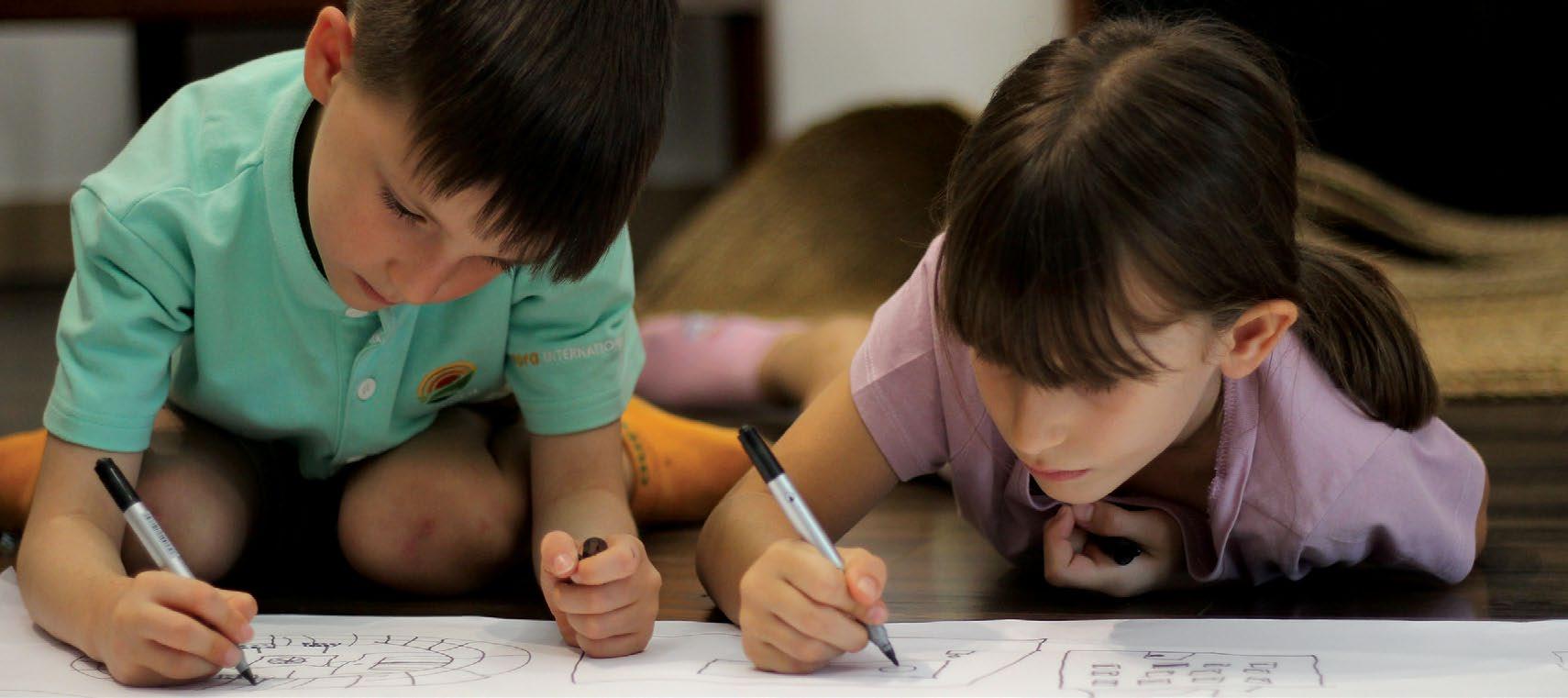

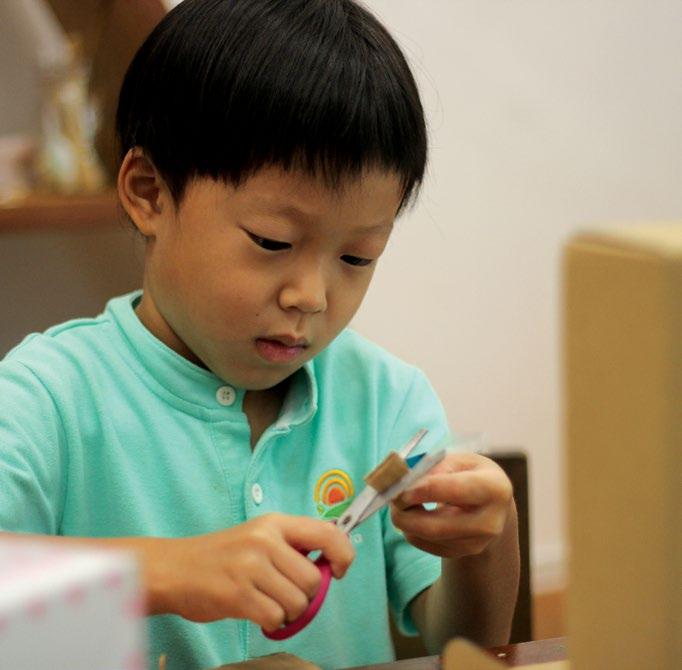

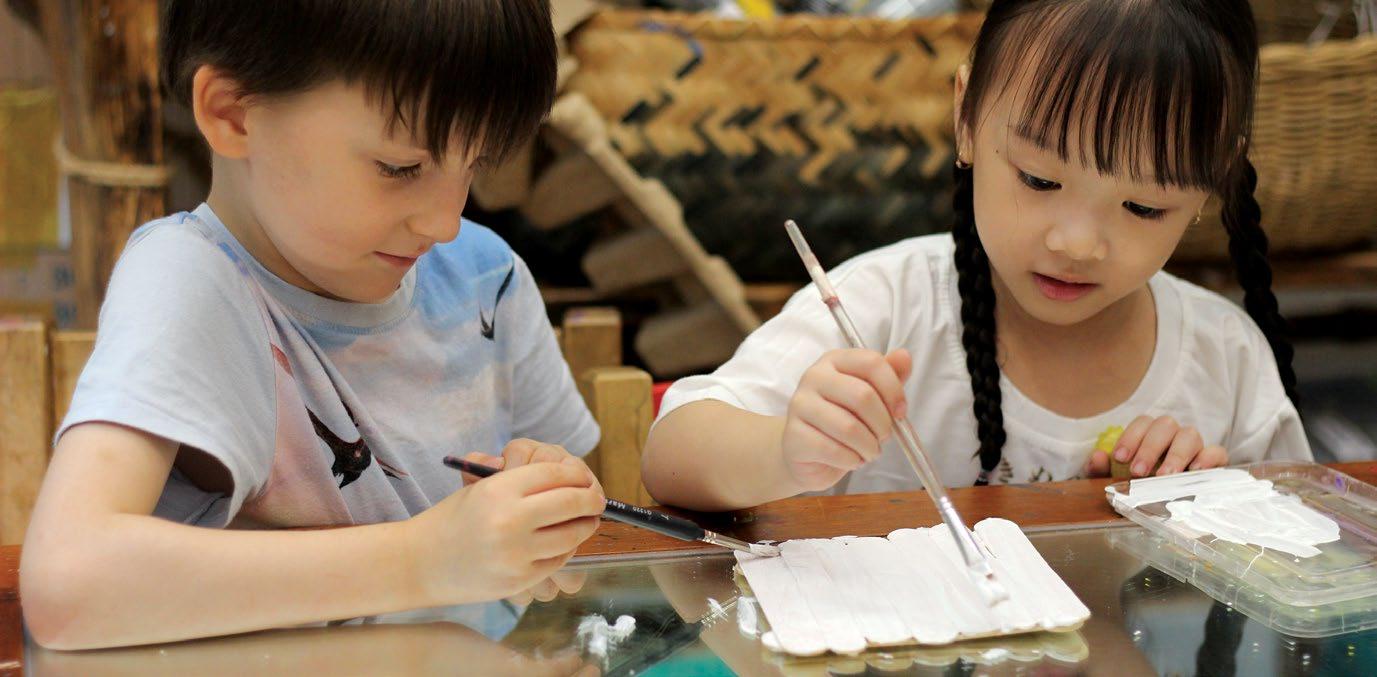
Once the city plans were complete, the children embarked on the next phase of the project: constructing the city from cardboard boxes. The use of recycled materials not only promoted sustainability but also allowed the children to engage in hands-on, sensory experiences. They utilized their fine motor skills and spatial awareness to assemble and arrange the boxes to form buildings, roads, and various city features.

“Strong Gym”, Recycled materials, Jet
The resulting city was a vibrant and imaginative creation. It boasted a football stadium, supermarket, gym, ice cream shop, and hospital, showcasing the diverse needs and interests of the children. Through this project, the children developed a deeper understanding of urban environments, community structures, and the interplay of different facilities within a city. Moreover, the project nurtured their social skills, creativity, and problem-solving abilities, fostering a holistic and enjoyable learning experience. “Big House”, Recycled materials, Collaborative art
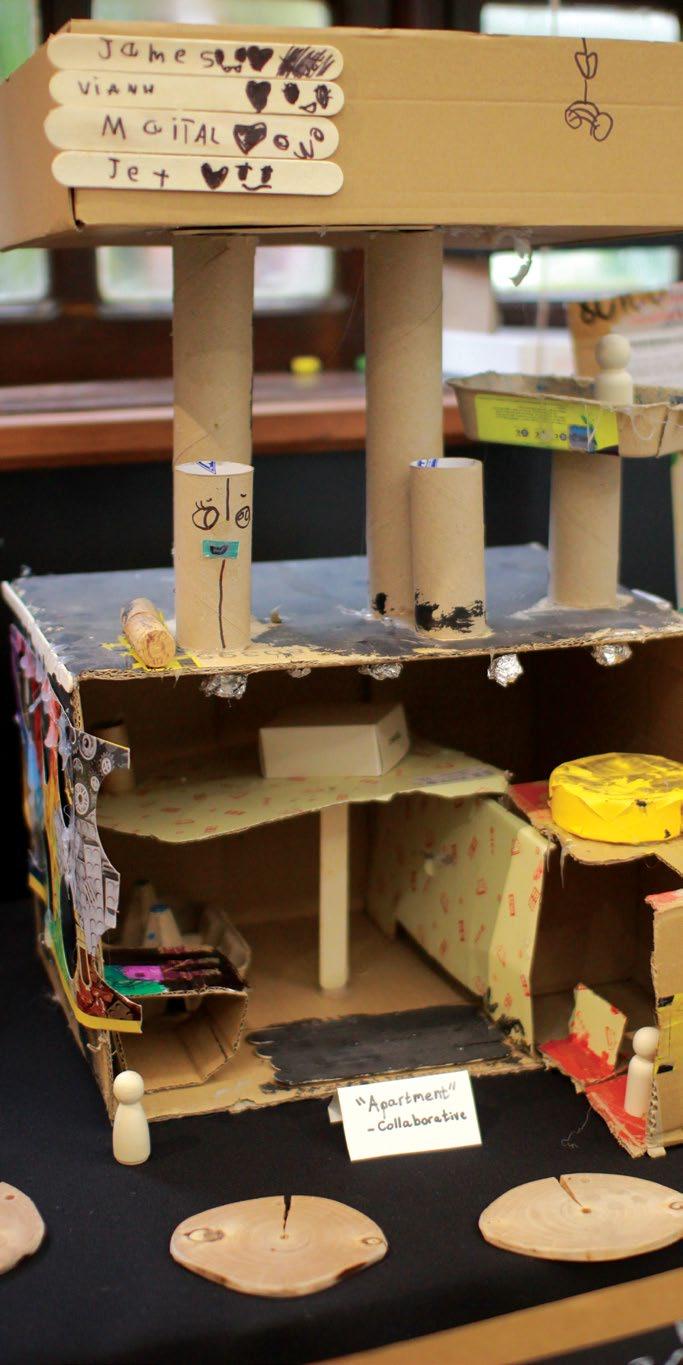
“Football stadium”, James “Aurora Hospital”, Mai, Julia



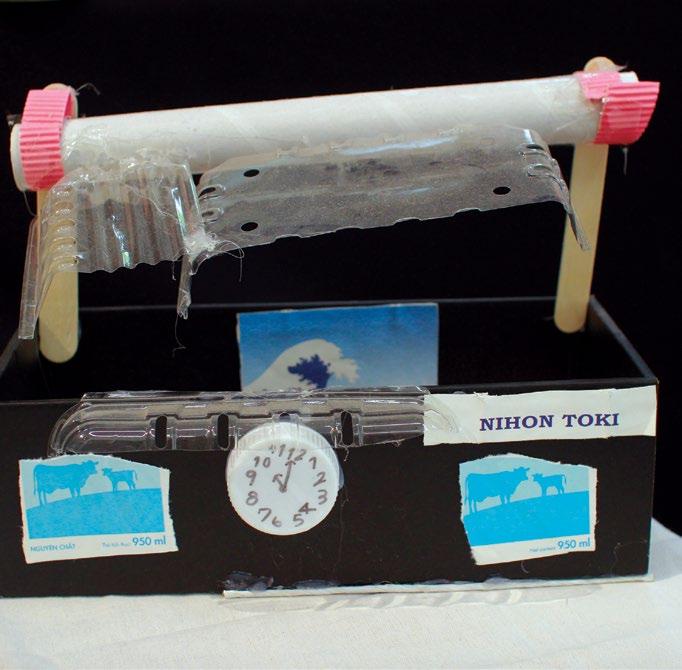
“Chucky's Supermarket”, Vi Anh, James “Nihon Toki School”, Sakurako, Khoharu
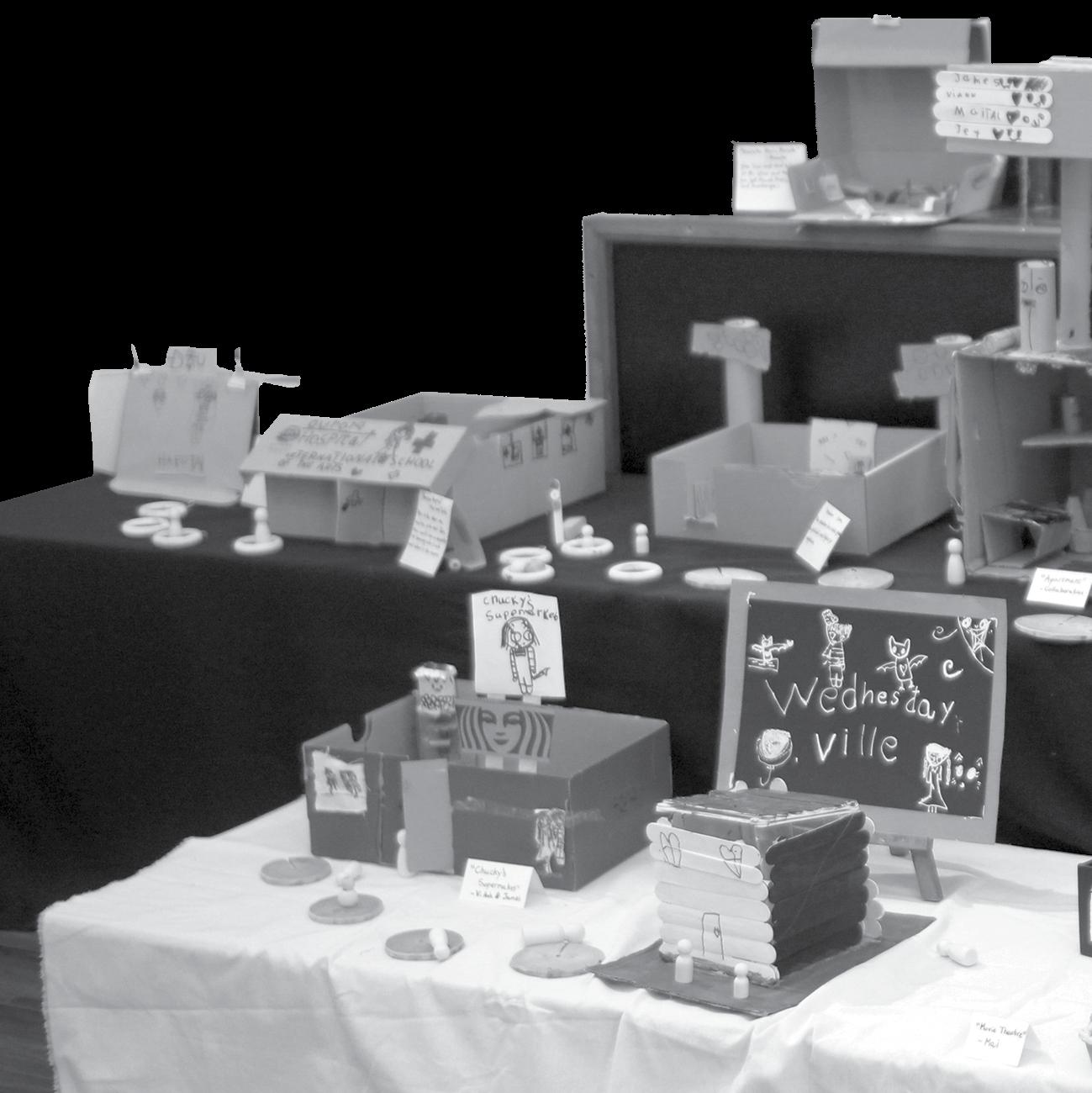
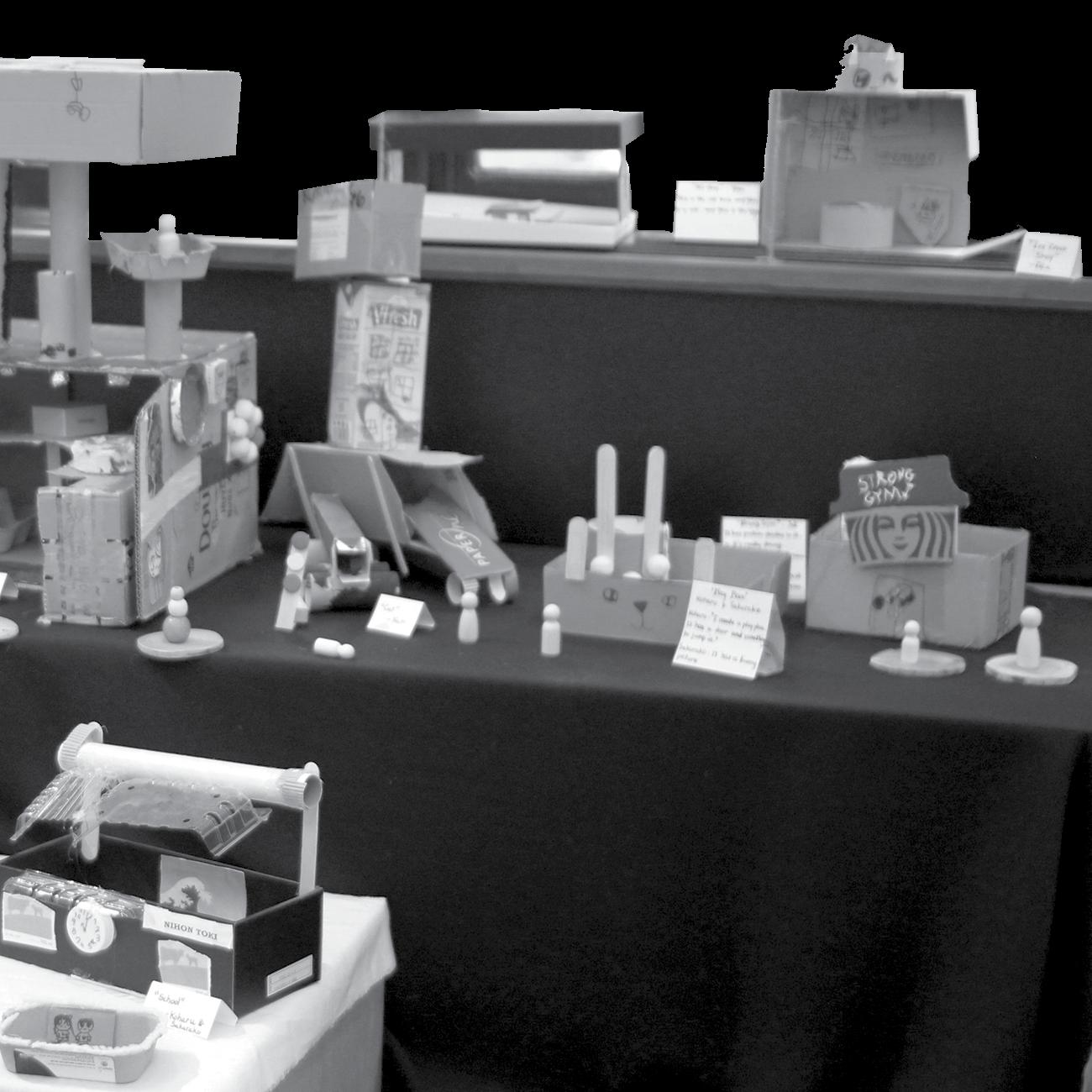


A World Rich in Language
LANGUAGE ARTS: ENGLISH
Language plays a pivotal role in a child’s development from the very moment they step into this world. Irrespective of the language spoken at home, its significance remains constant, serving as a tool to express thoughts and comprehend the surrounding world.
At Aurora, we understand that language permeates every aspect of our existence, and thus, we approach it as transdisciplinary. While we do introduce and explore language conventions when necessary, as educators, we keenly observe the natural progression of children’s linguistic skills in all areas of their learning.
The Prep class exhibited an immense passion for books and stories, eagerly embracing the highlight of their week—library time. Their enthusiasm in choosing books for storytelling and extracting meaning from these literary works was a sight to behold. Witnessing them relate the stories to their own lives was a truly captivating experience.
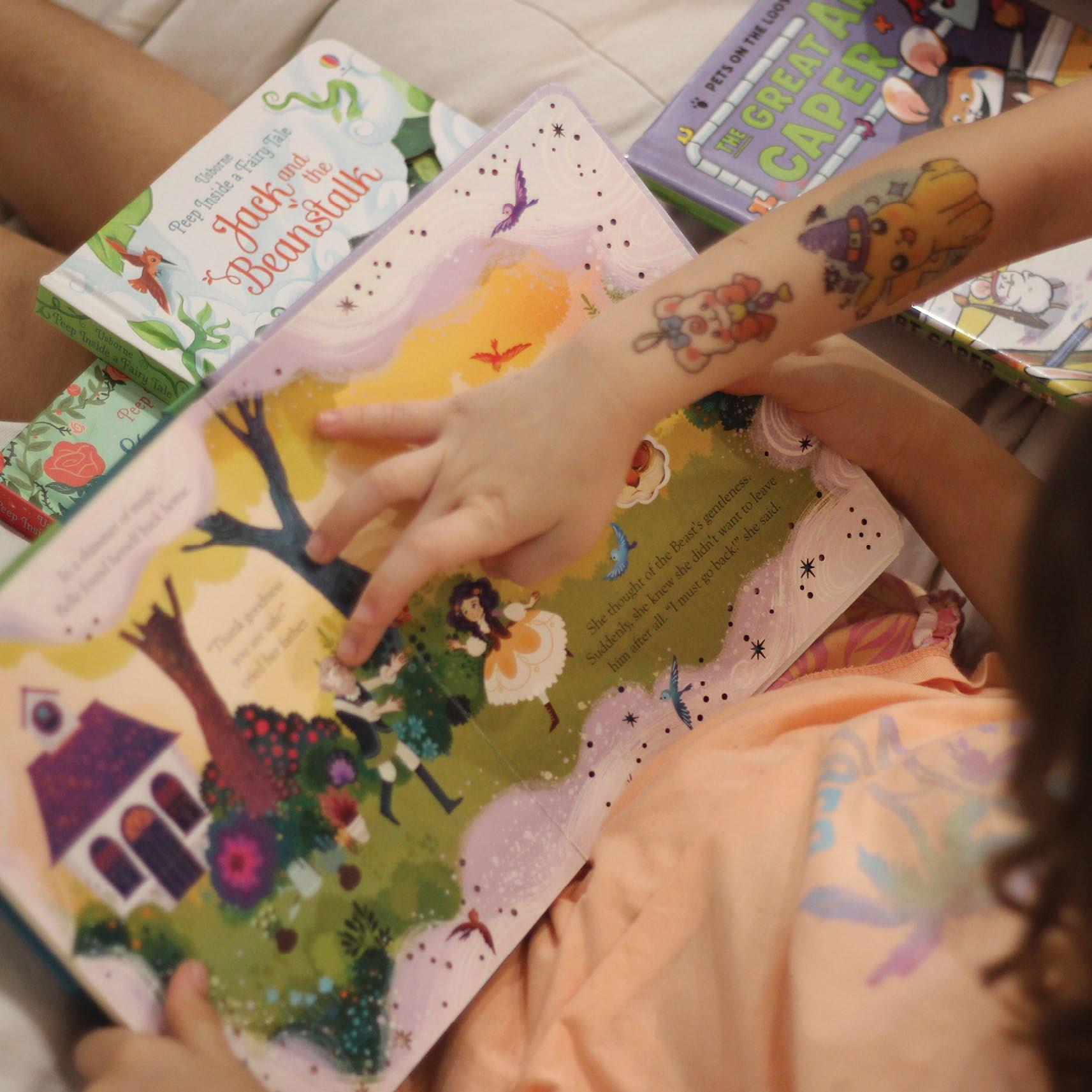

Throughout the year, we immersed the Prep students in word games utilizing the Phono Graphix method, which employs visual representations of letters for sounds. Our focus revolved around CVC (Consonant-VowelConsonant) words that adhere to conventional letter-sound patterns. Encouraging the development of their skills in segmenting, blending, and manipulating sounds was crucial, as it formed the bedrock of their reading and writing abilities. Observing their eagerness to learn to read and their tenacity in deciphering words within their cherished stories was a truly heartwarming spectacle.
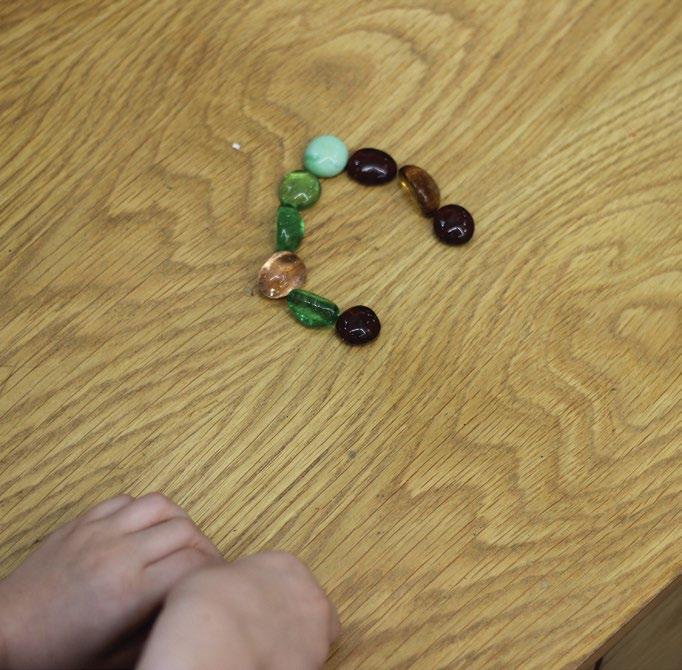



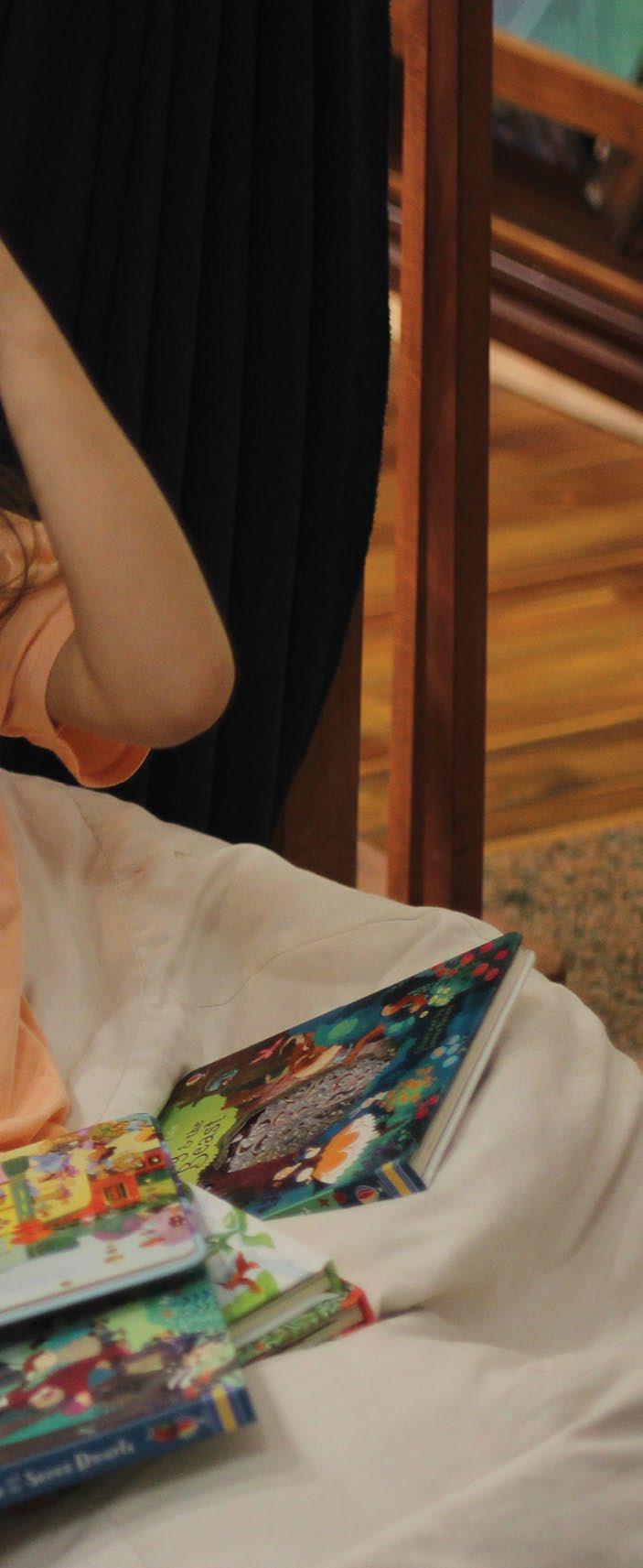
In our learning environment, the children not only excel as learners but also thrive as teachers. They serve as valuable models for their peers, engaging in discussions, offering encouragement, and providing support. This collaborative dynamic not only enhances the skills of their friends but also fosters their own growth and development.

LANGUAGE ARTS: VIETNAMESE
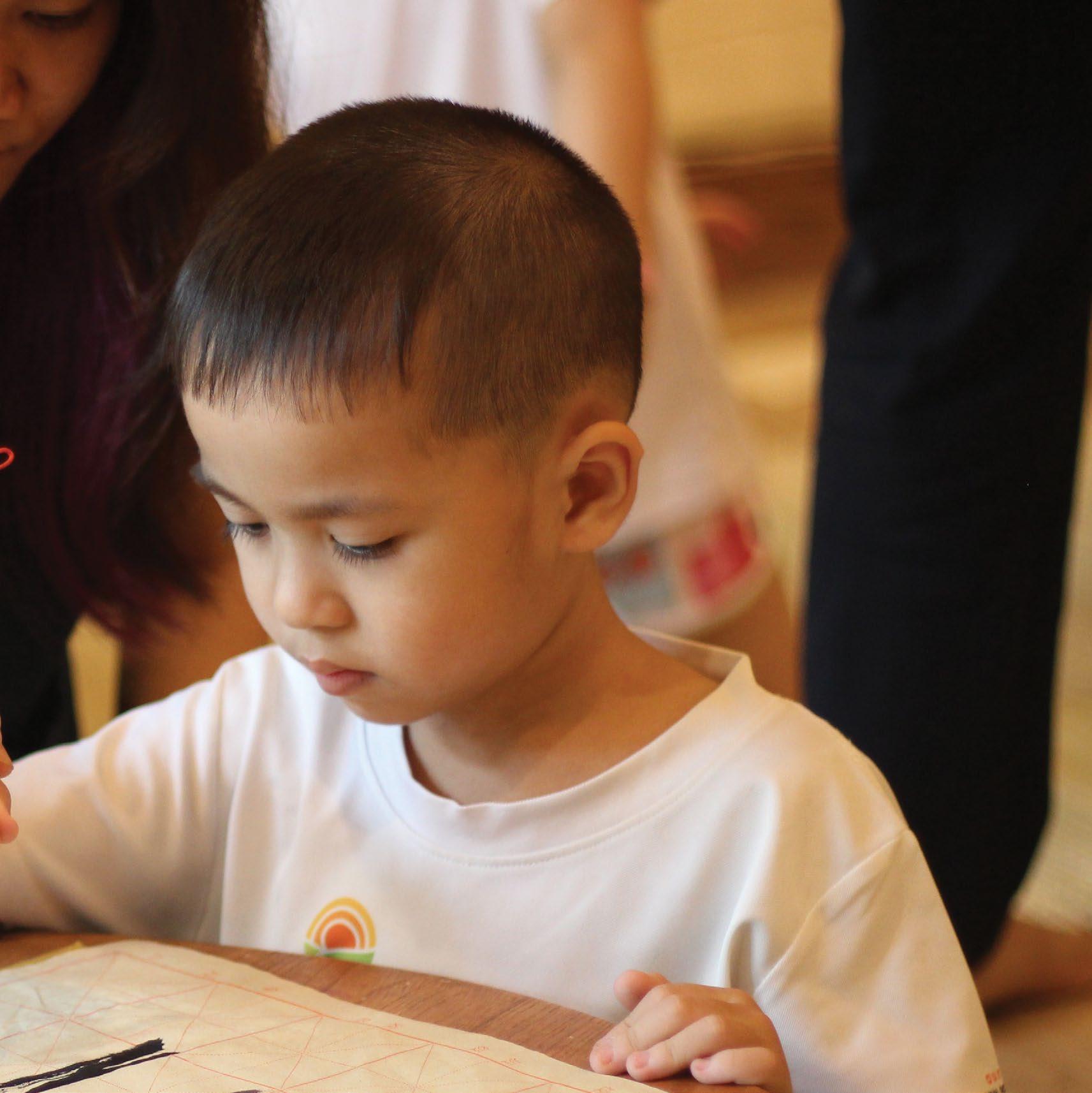
Các bạn lớp Prep yêu thích việc sử dụng ngôn ngữ vẽ để kể lên câu chuyện của mình. Khi nghe được một câu chuyện yêu thích, Đậu thắc mắc rằng: “Tại sao người ta có thể kể lại một câu chuyện đã xảy ra từ rất lâu rồi?”. Đúng vậy, tại sao chúng ta có cả một kho tàng các câu chuyện hay để kể lại, đó chẳng phải chính là vai trò của ngôn ngữ, chữ viết trong cuộc sống sao?
To share their stories, Prep classmates adore using the language of drawing. Dau wonders, “How can one tell a story that happened a long time ago?” after hearing a favorite tale. Isn’t that the purpose of language and writing in life—to provide us with a wealth of interesting stories to tell the following generations?
Rabbit and tortoise story with the new ending. (Vi Anh)
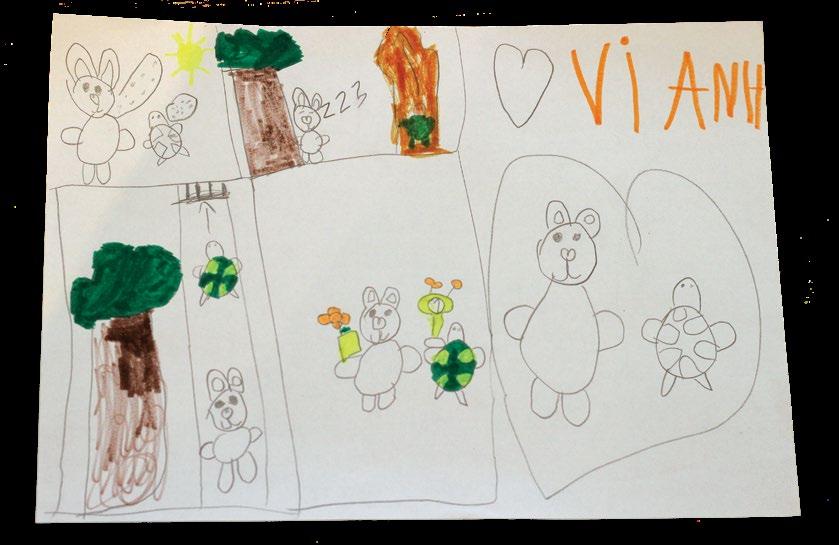

“Me and Vi Anh went swimming. We played on the slide, and when we slid into the water, the water splashed. It’s so funny!” (Julia)
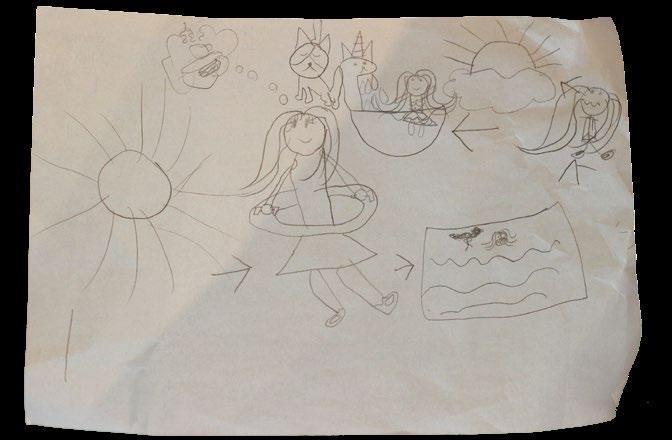
“In the morning, I see the sun and think that today is very warm, so I go to the swimming pool. But when I was there, the water was so cold. So I came back home and took a bath in the bathtub.” (Dau)
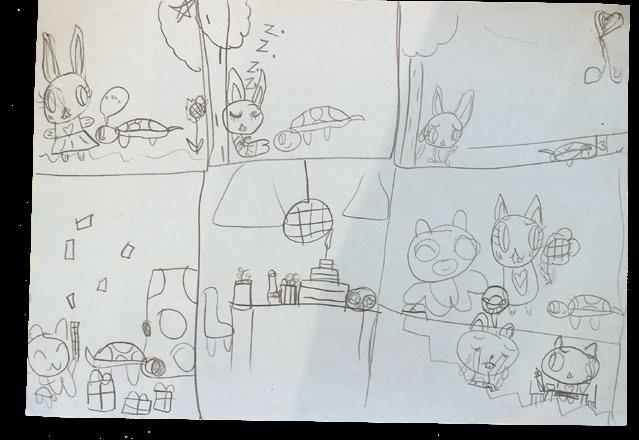
Rabbit and tortoise story with the happy ending. (Suzie)
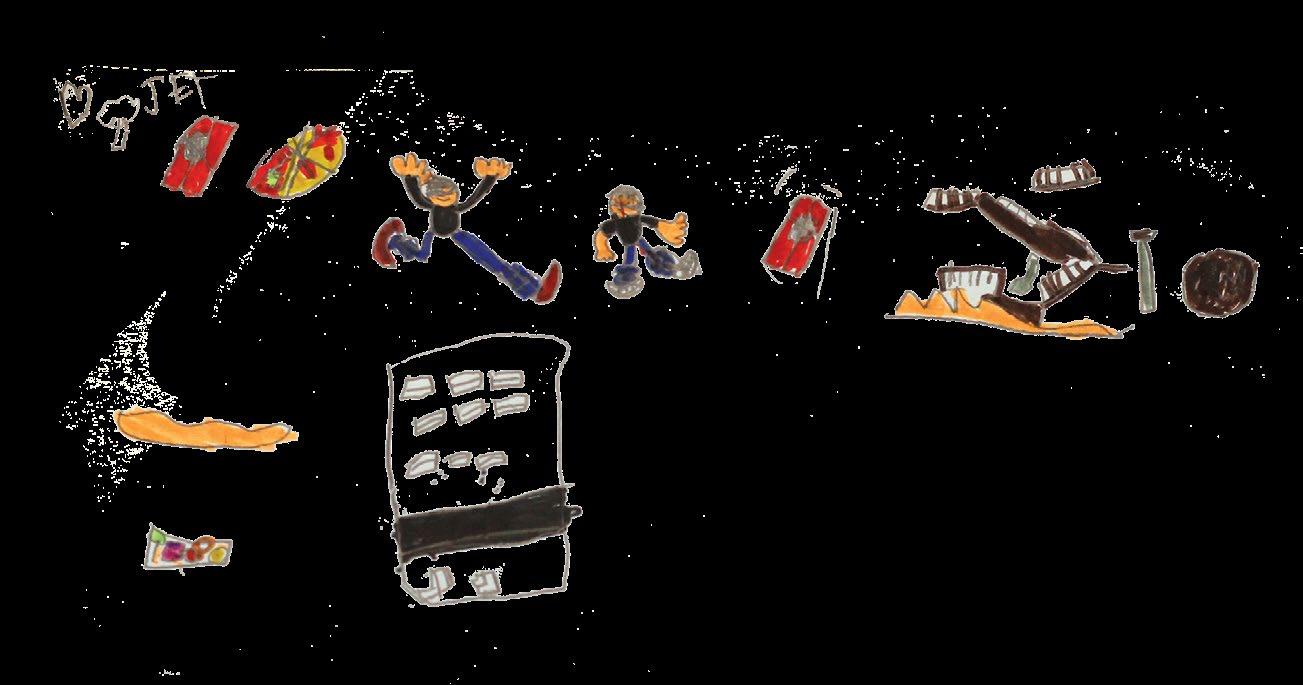
“We went to James’s birthday party, then we gave the present to James and ate pizza. We also play on the playground at the sand pit, and then we eat more. After that, I go home.” (Jet)
Các bạn dần bắt đầu dùng ngôn ngữ
đường nét, kí hiệu, hình vẽ để diễn
đạt ý nghĩ, câu chuyện. Đôi khi các
bạn kể lại các câu chuyện theo trình
tự đã được nghe hoặc có thể tự sáng
tác một cái kết mới cho câu chuyện
theo cách của bản thân. Và điều này
có sự liên kết mạnh mẽ với cách con
người sử dụng chữ tượng hình từ xa xưa.
Friends of Prep began expressing ideas and telling tales through the language of lines, signs, and drawings over time. They sometimes work on telling tales in the same order in which they were first told, or they might come up with their own conclusion for the story. The way that people have used symbols since the dawn of time has a connection to this.
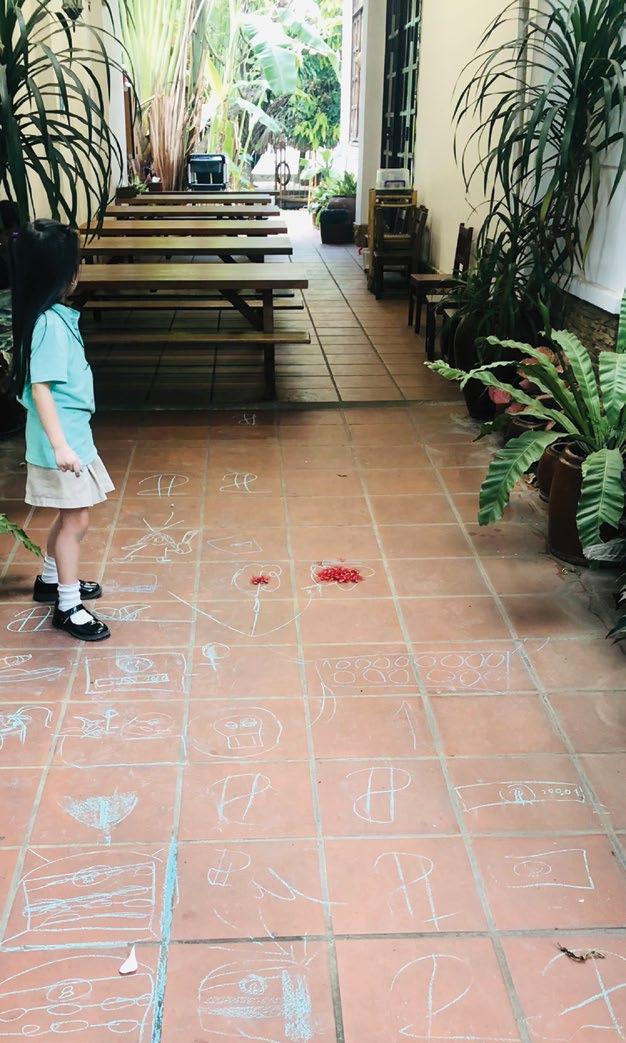
Prep’s classmates create a treasure hunt game with symbols.


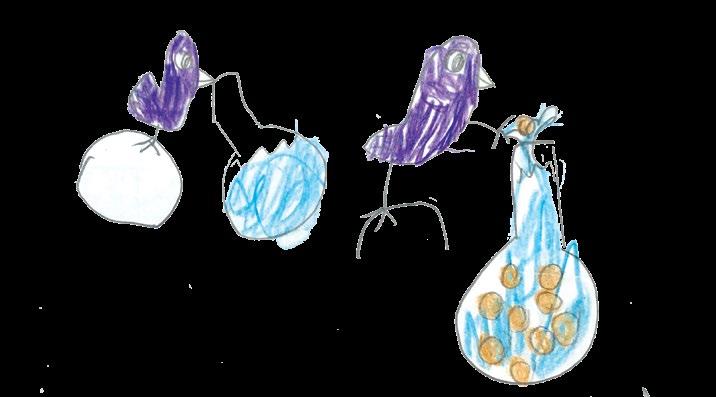


treasure map. (Suzie)
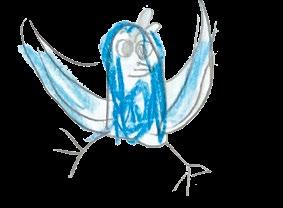
The thirsty crow story. (Dau)
Dau uses sign language to describe her story.

A
Song song đó các bạn lớp Prep làm quen với các âm tiết trong bảng chữ cái tiếng Việt thông qua những trò chơi, một cách rèn luyện trí nhớ một cách tự nhiên. Dần dần các bạn phát triển khả năng cảm âm thông qua thơ ca, đồng giao và tập ghép những âm quen thuộc để tạo thành từ có nghĩa.
Prep friends are also discovering sounds in the Vietnamese alphabet’s syllables through games, which is a natural way to practice recall. Through poetry, rhymes and the process of combining well-known sounds to create significant words, they gradually acquire the capacity to experience sound.
Nam’s letter after using fire to heat paper. (Nam)
Using fire to read a letter written with invisible ink (lemon juice).
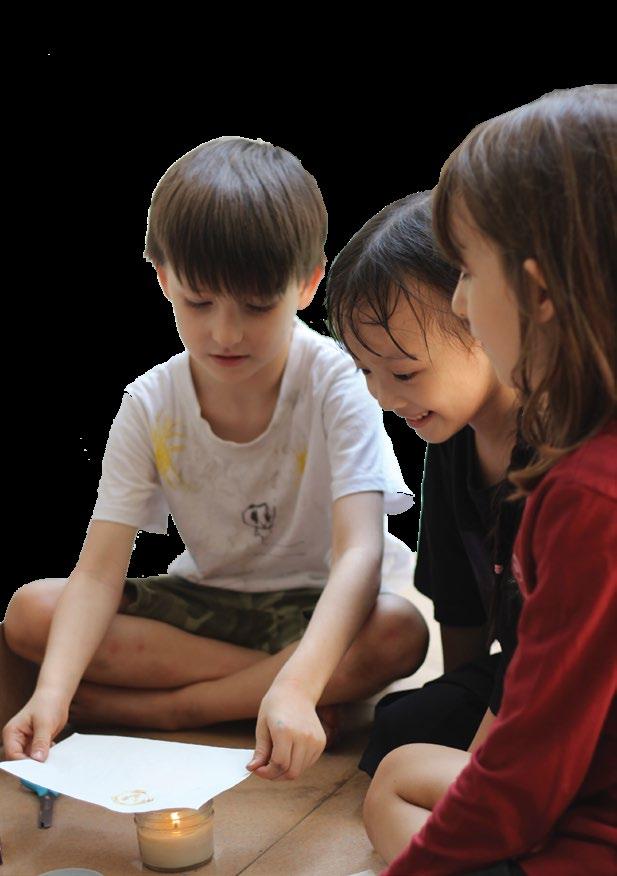

Suzie combines ‘C’ and ‘Ơ’ to create the word “cờ” (flag).

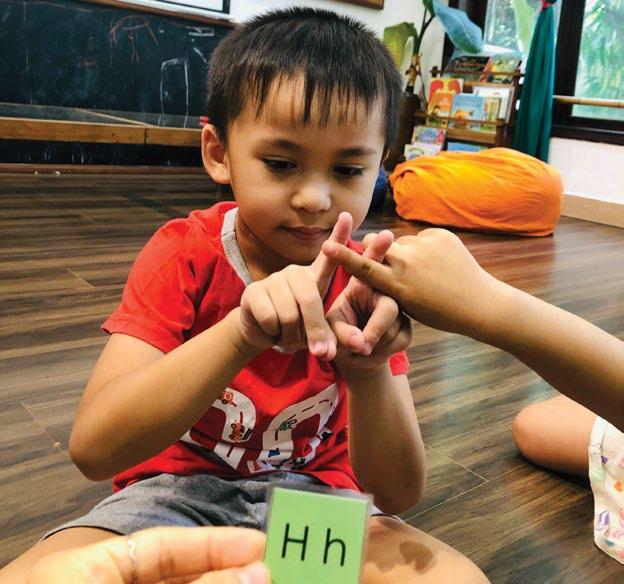
With the help of friends, Nam makes an ‘H’ with his fingers.
Vi Anh uses her body to make a ‘C’.
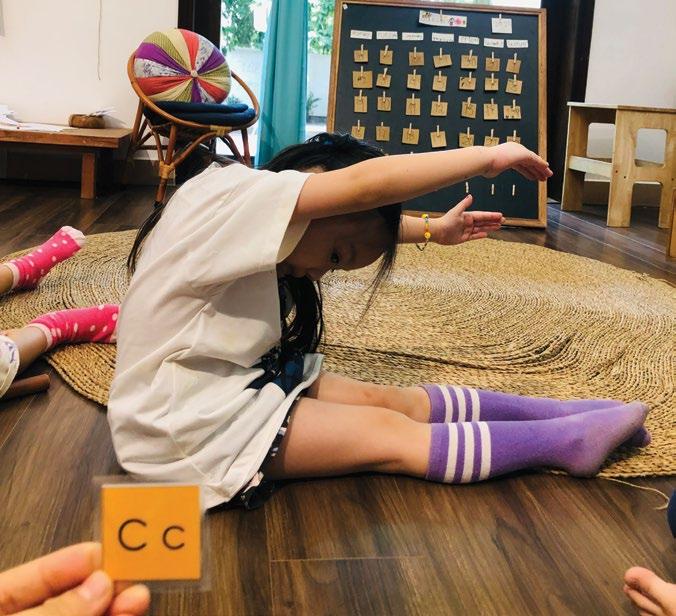
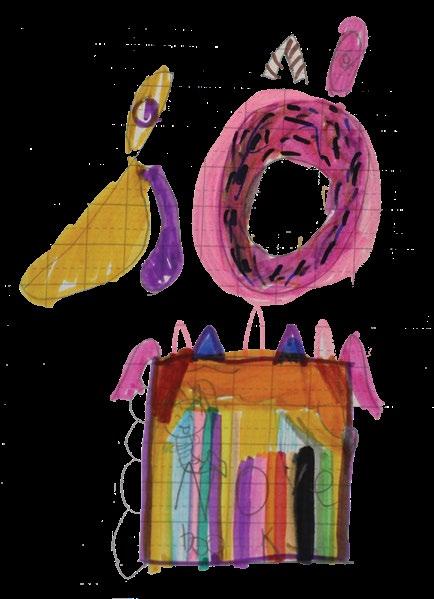
Julia combines sounds to create the word "sổ" (notebook)

Văn hóa Việt Nam là một cơ hội tuyệt vời để chia sẻ những điều độc đáo về đất nước Việt Nam. Các bạn được giới thiệu về những biểu tượng của các thành phố, địa danh nổi tiếng, những địa điểm lịch sử gắng liền với các câu chuyện thú vị. Tìm hiểu một số nét đặc trưng về con người Việt Nam như: truyền thống, lễ hội, phong tục tạp quán, trò chơi dân gian...
Vietnamese culture is a great opportunity to share something unique about Viet Nam. The children were introduced to the country through iconic, famous landmarks and adjacent historical places with interesting stories. They learnt about the Vietnamese people’s traditions, festivals, customs, folk games, and so on.
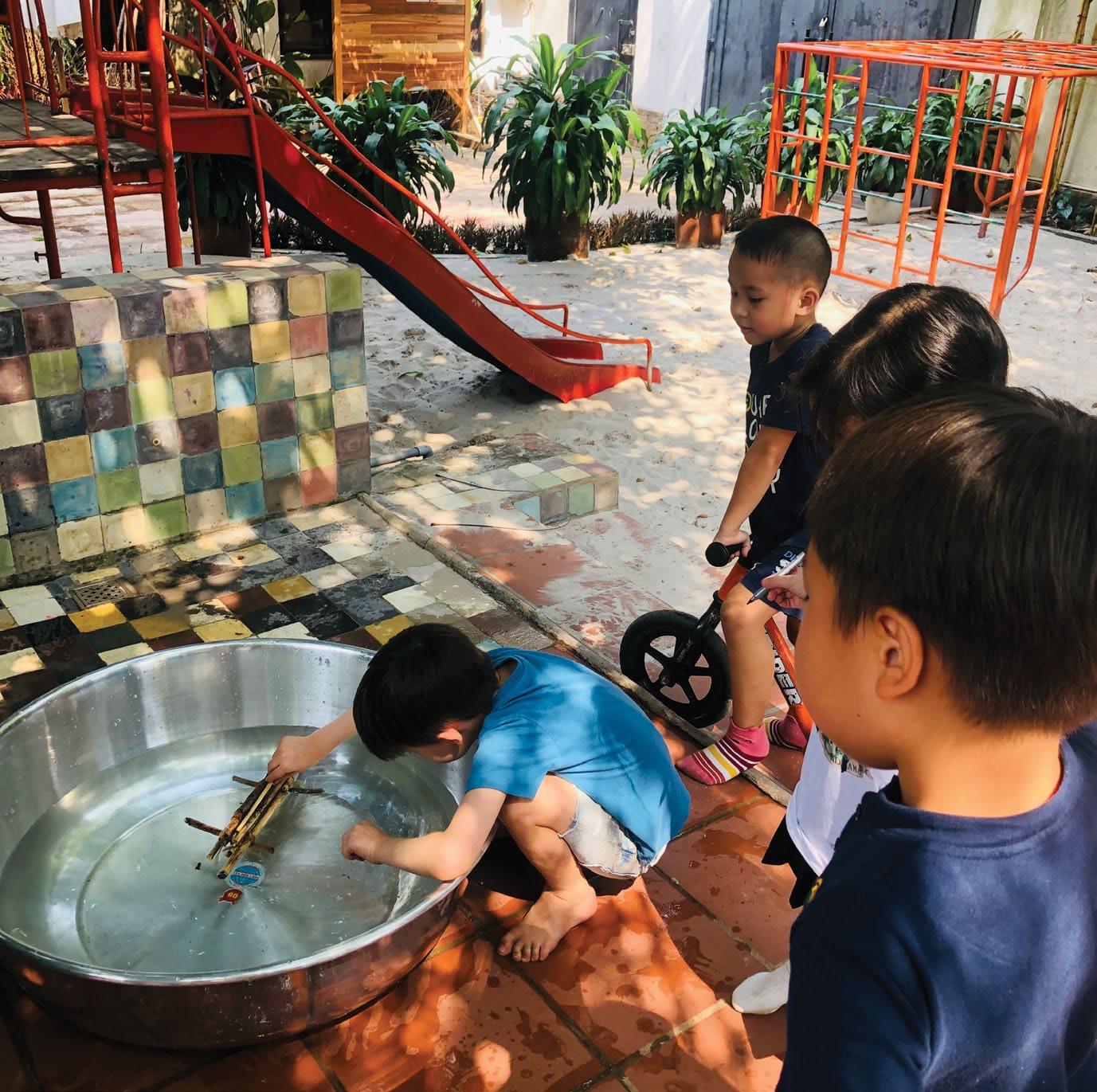

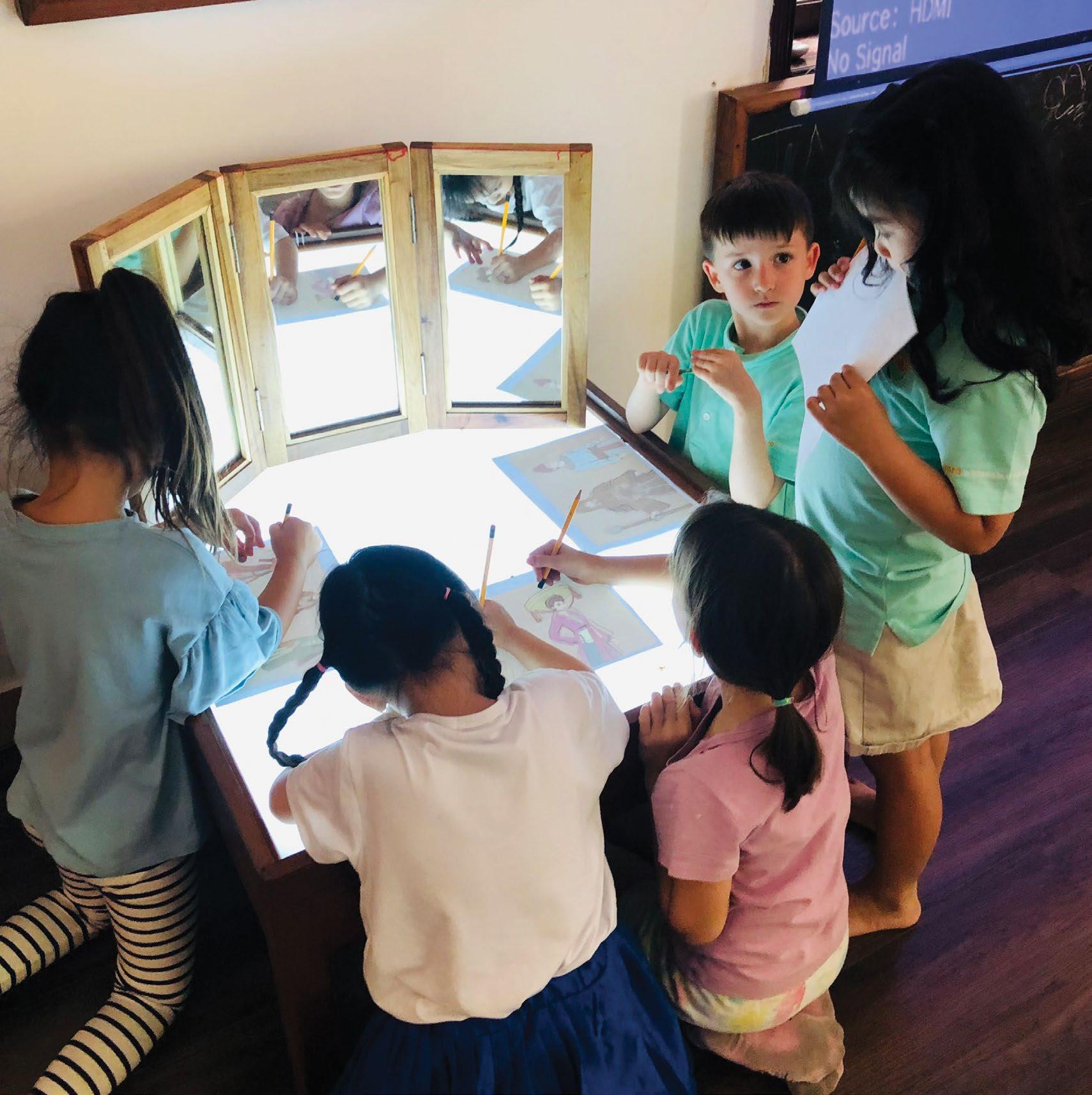
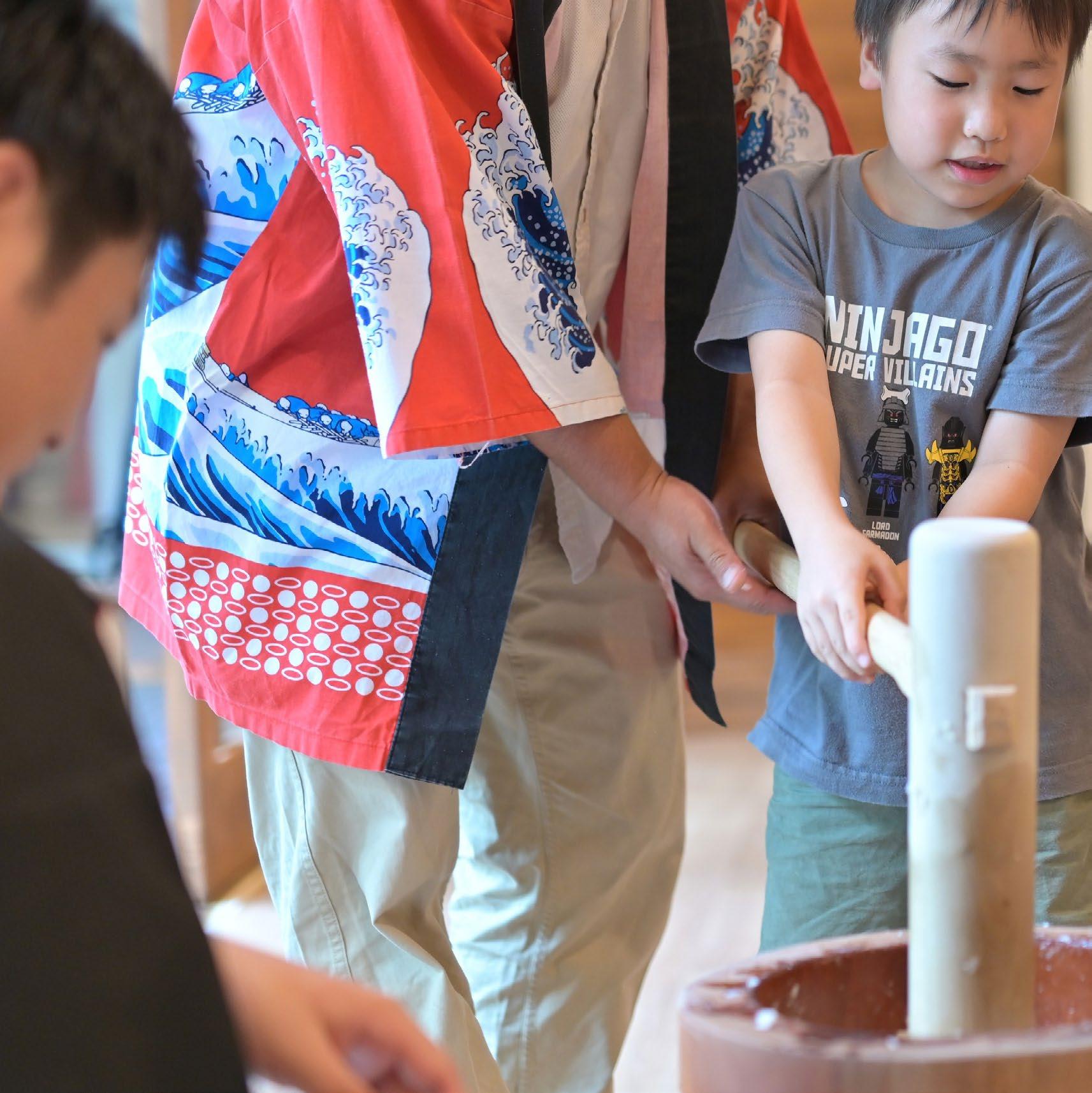

LANGUAGE ARTS: JAPANESE
今年度は書くことよりも会話と1年間の日本の文化に焦点を当てました。
昨年度、日本語にはひらがな、かたかな、ローマ字、漢字があることを学習しま したので、みんなが自分の名前をかたかな、漢字で書くことができるようになりまし た。
今年度最後の日本文化、夏祭りではそれぞれが自分の名前を書いたランタンを作 ります。
日本では挨拶がとても重要で、先生や友人に会ったとき、授業の開始と終わり、
一日の挨拶は全員ができるようになりました。
Our focus for this year was conversation and culture.
The previous year we had learned that Japanese has hiragana, katakana, romaji, and kanji, so everyone is able to write their own names in katakana and kanji.
For the NATSUMATSURI, summer festival in Japanese, each friend made a Cho-Chin (lantern) with their name written inside.
Greetings are very important in Japan, and everyone is now able to greet teachers and friends when they meet, at the beginning and end of classes, and throughout the day.
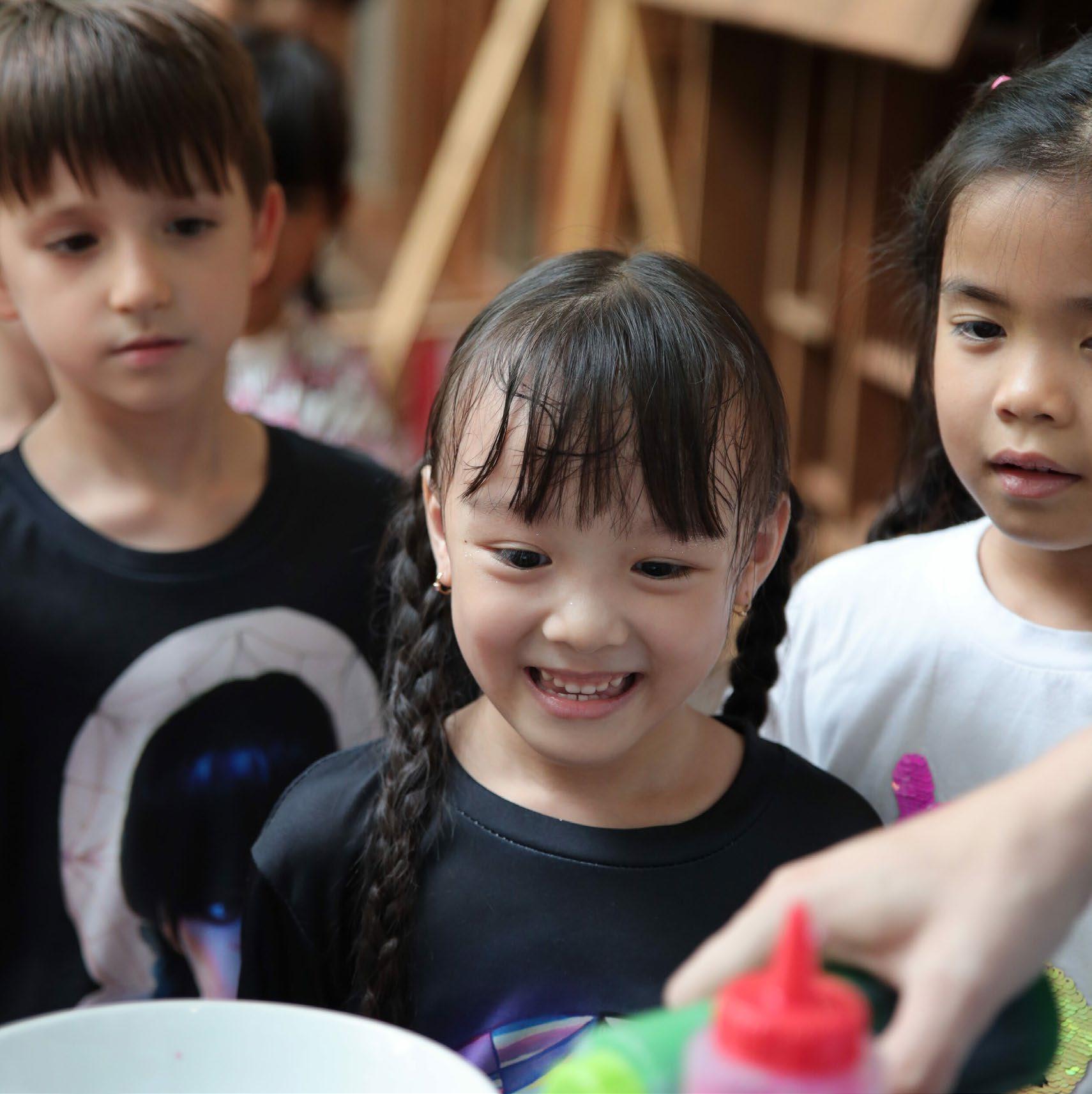
活動としては、日本の1年間の行事を折り紙で表現することができました。
日本には4つの四季があり、季節が変わる節目ごとに行事があります。11月の七五
三では、女の子は着物の柄を自分でデザインしました。男の子はこの時図書週間で もあり、しおりを作りました。また、日本のお抹茶の点て方も学び、抹茶が少し苦い と実感したのではないでしょうか?
年末には、十二支について本を読み、2023年の日本の干支「うさぎ」ベトナムの干 支「ねこ」を折り紙でつくり、年賀状を作りました。
There are four seasons in Japan, and there are events at each turning point when the seasons change. We expressed these seasons in origami. During SHICHIGOSAN in November, the girls designed their own kimono patterns. It was also Book Week during this time and the boys wanted to design SHIORI (bookmarks). We also learned how to make macha and realized that matcha is a bit bitter.
To celebrate the end of 2022 in the lunar year, I read a book about the 12 animals of the Japanese zodiac, and made New Year’s cards by origami, creating the Japanese zodiac “rabbit” and Vietnamese zodiac “cat” in 2023.
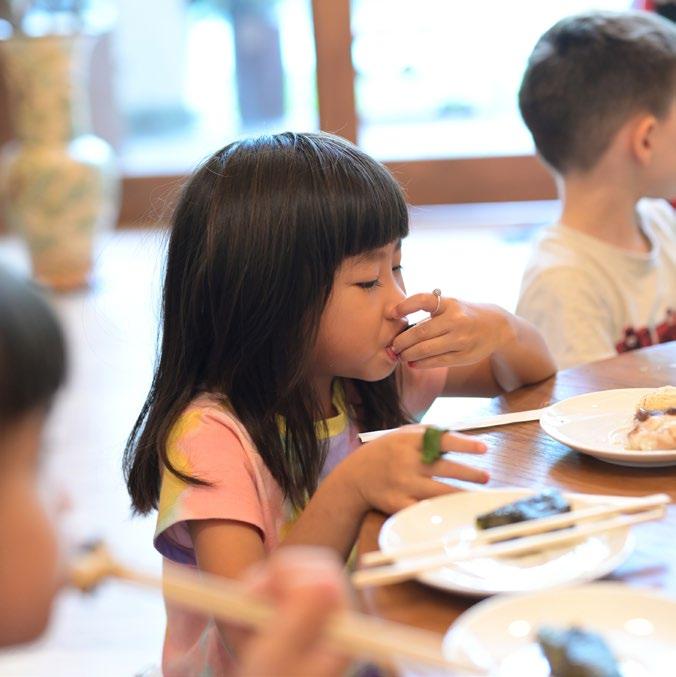
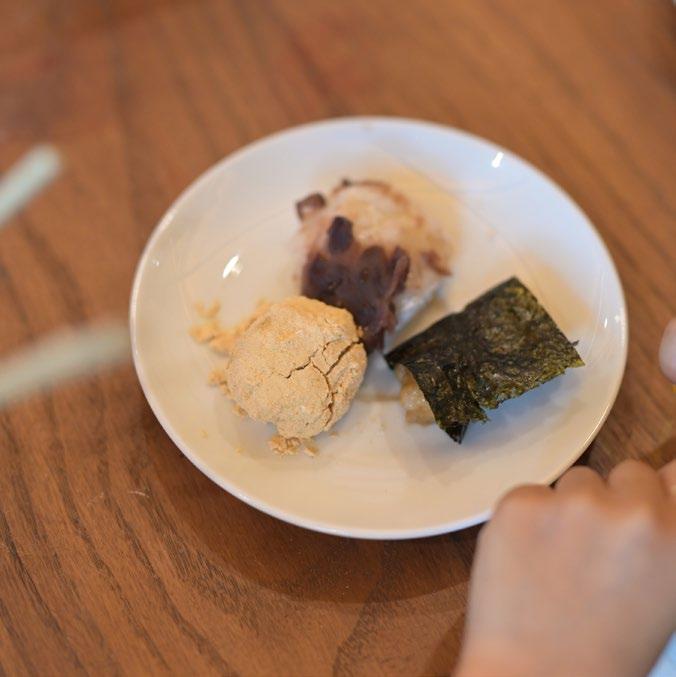

1月は日本のお正月伝統として、お餅つきをしました。杵と臼で「よいしょ!」と掛け 声をかけ、つきたてのお餅をクラスメイトと食べることで、1年間の健康と長寿を願 いました。
2月は節分、春を迎えるために家にいる鬼を追い出し、福を呼ぶために豆を巻い たり、恵方巻を作ることを学びました。それぞれが作った鬼の表情が面白かったで す。
3月はひな祭り、女の子の成長を祝うために、お雛様とお内裏様を家に飾ります が、折り紙で表現しました。マティアスはこの行事のビデオを見て、現在の令和天皇 の結婚式を思い出したそうです。
4月は桜の季節です。折り紙で桜を作りましたが、切り方でいろんな形の桜が出 来上がりました。
In January, we made MOCHITSUKI (pounded rice cakes) as a Japanese New Year's tradition and shouted "Yoisho!".
In February, SETSUBUN, we learned how to drive out the demons in the house to welcome spring, we rolled beans and made EHOUMAKI to invite good fortune. The facial expressions of the demons each child made was very interesting. March is the HINAMATSURI (Doll's Festival), and to celebrate the growth of girls, we decorate the house with Hina dolls and Emperor dolls, which are expressed in origami.
April is the SAKURA (cherry blossom) season. we made sakura with origami, but various shapes of sakura were completed depending on how they were cut.
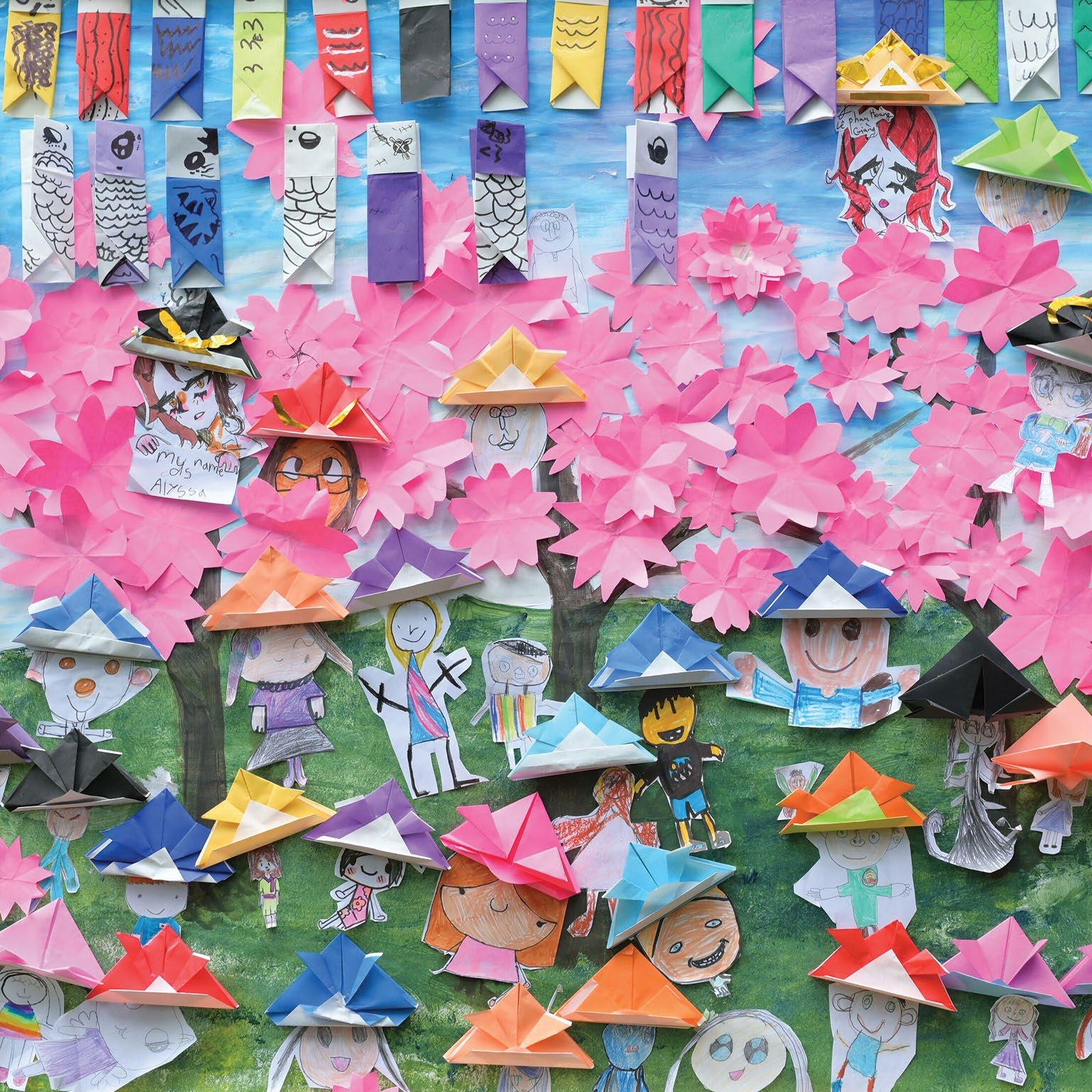
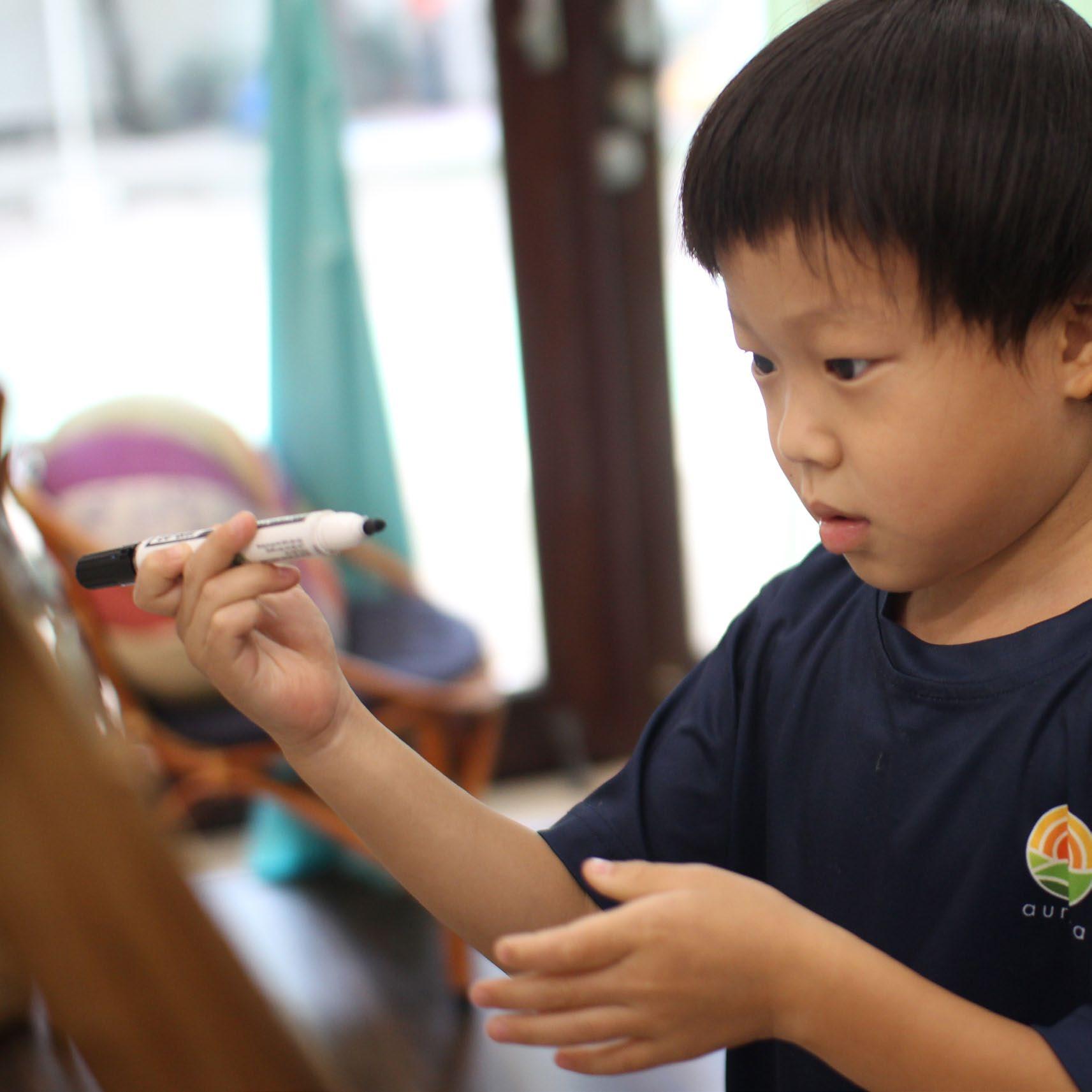
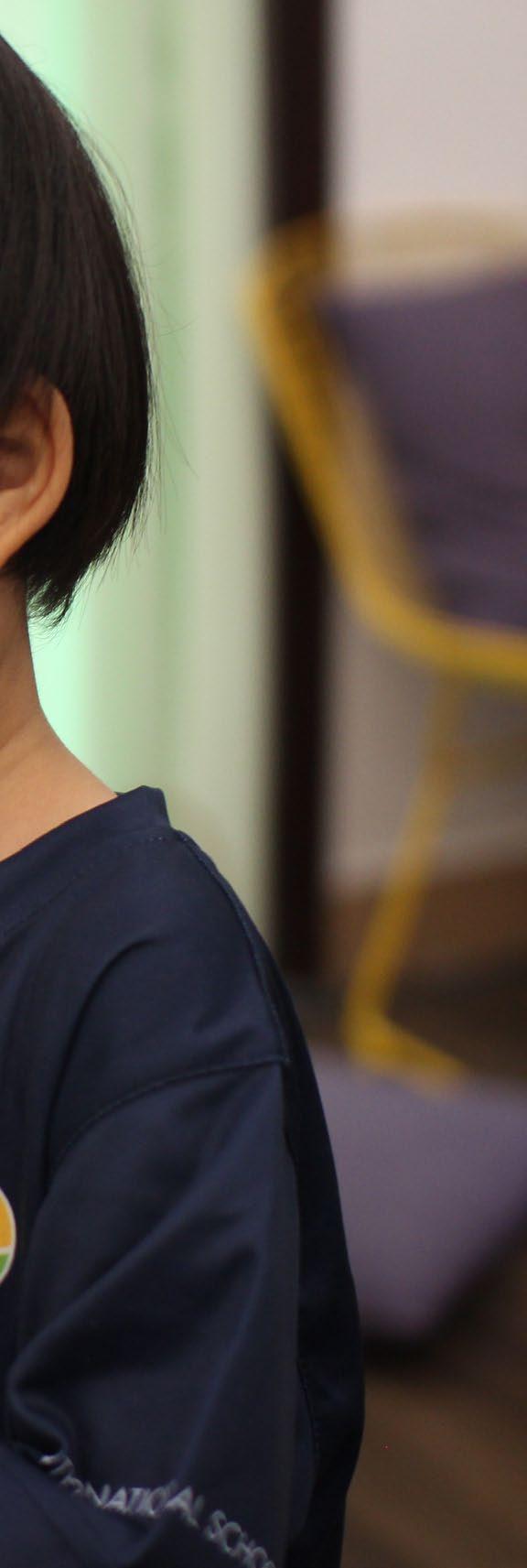
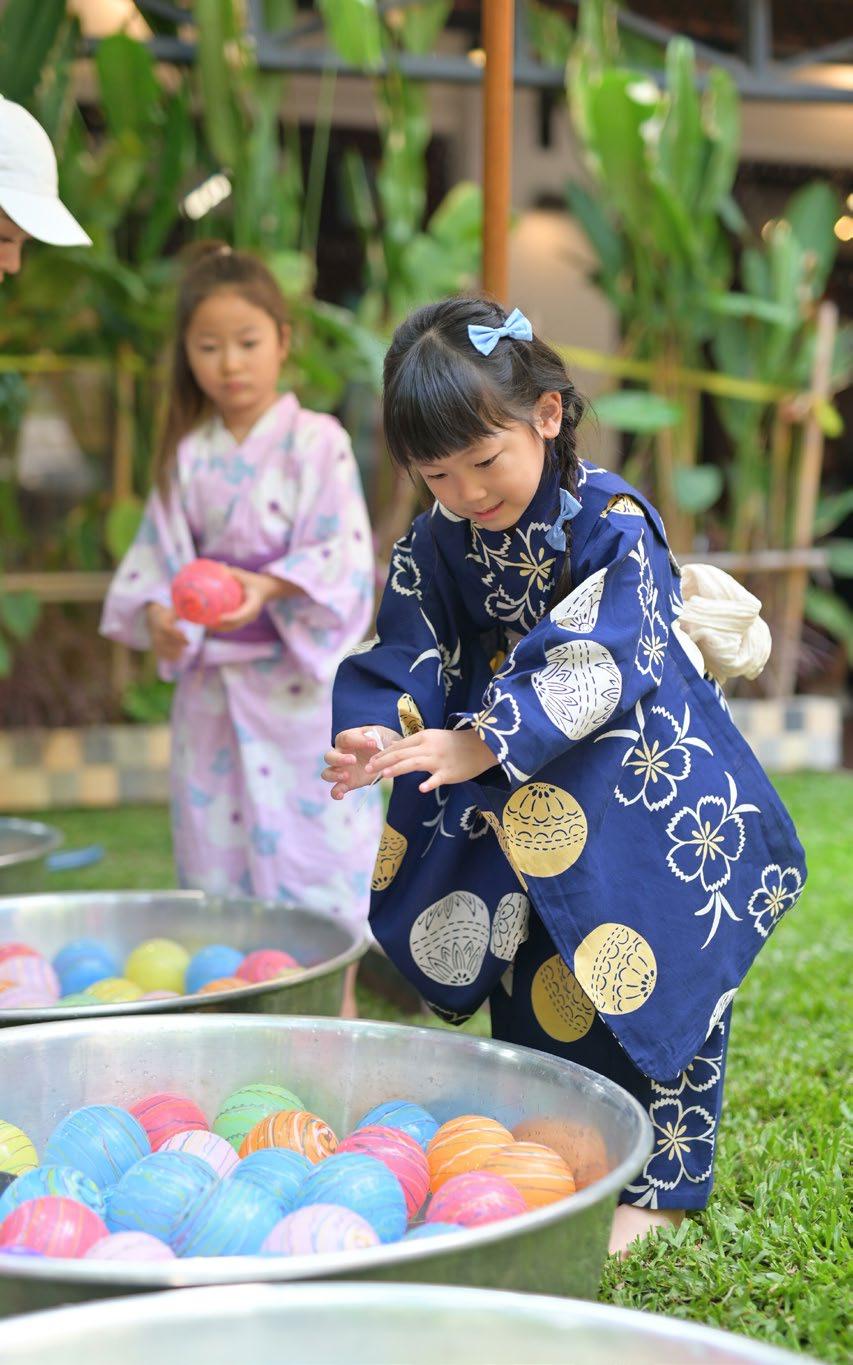
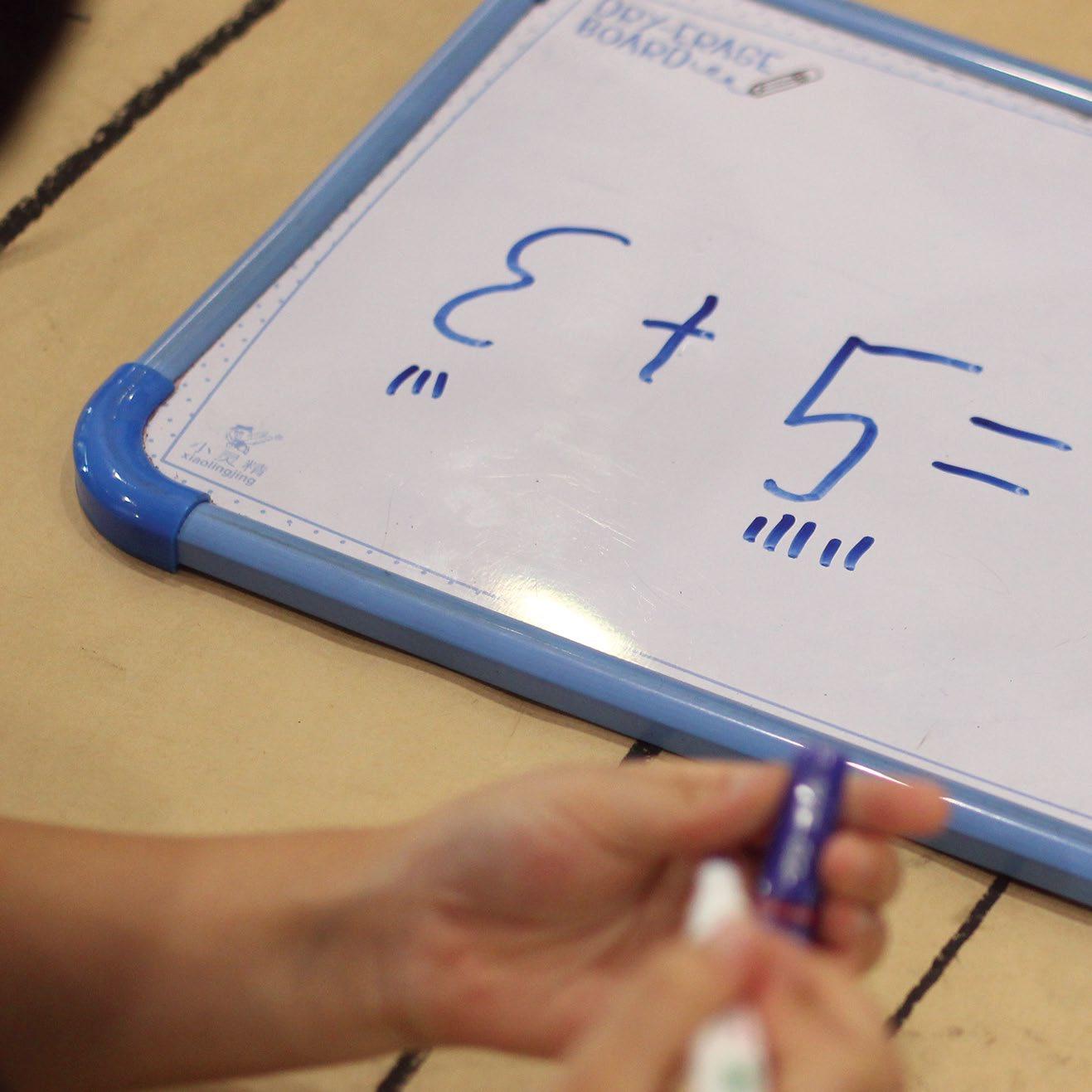
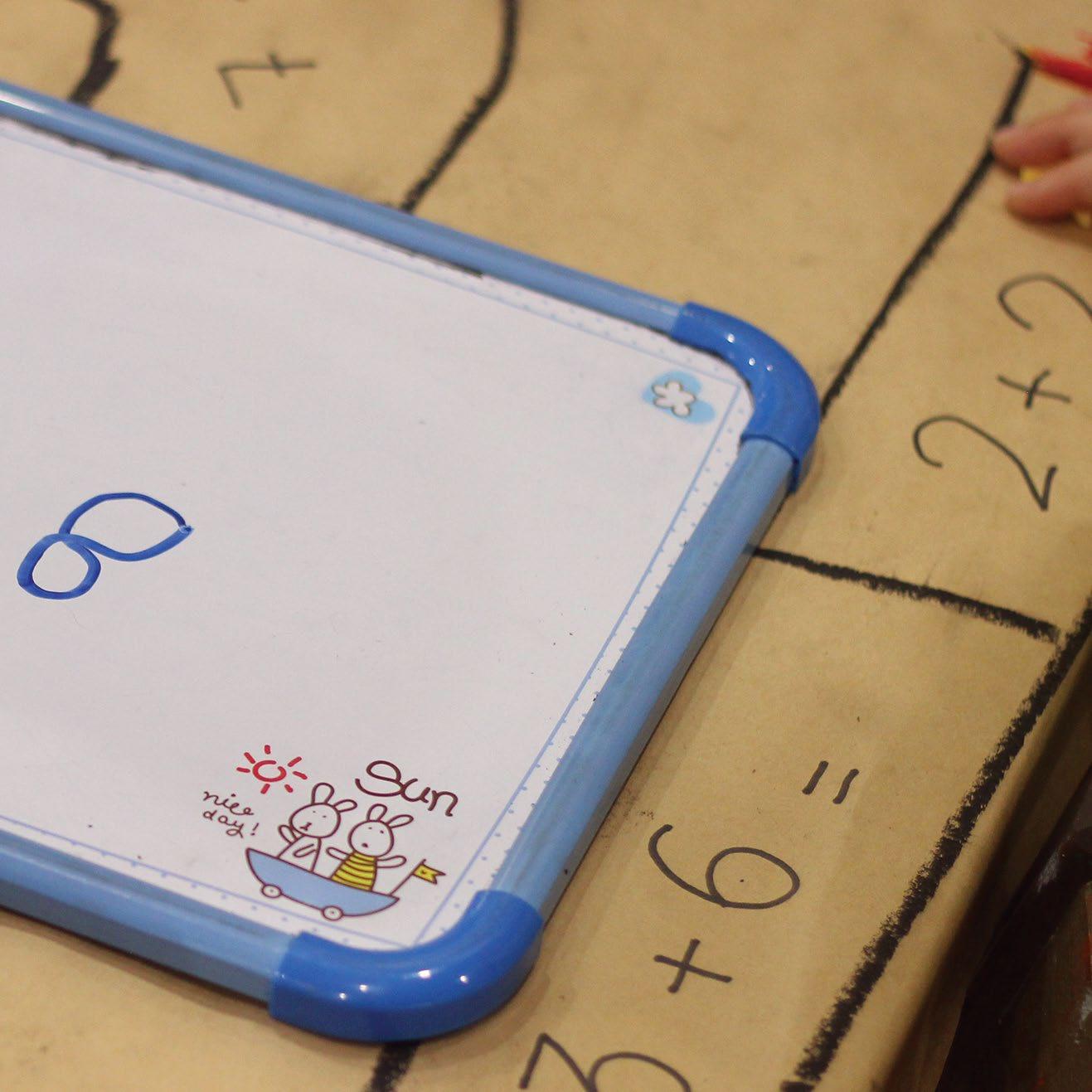
The Language of Mathematics
During our Mathematics engagements in Prep, we provided many manipulatives for the children to create their own hands-on learning experiences. In the early stages of their learning journey, children need repeated exposure working with concrete apparatus as they develop their understanding of concepts.
As the children worked with the manipulatives, they were also developing their Mathematical vocabulary and strategies as they talked through their thought processes. By questioning them and posing a different point of view, we encouraged them to think critically about solving problems. We wanted children to be able to discover a multitude of ways to arrive at the same solution to a problem.

“Number five”, Fibre pen on paper, Suzie


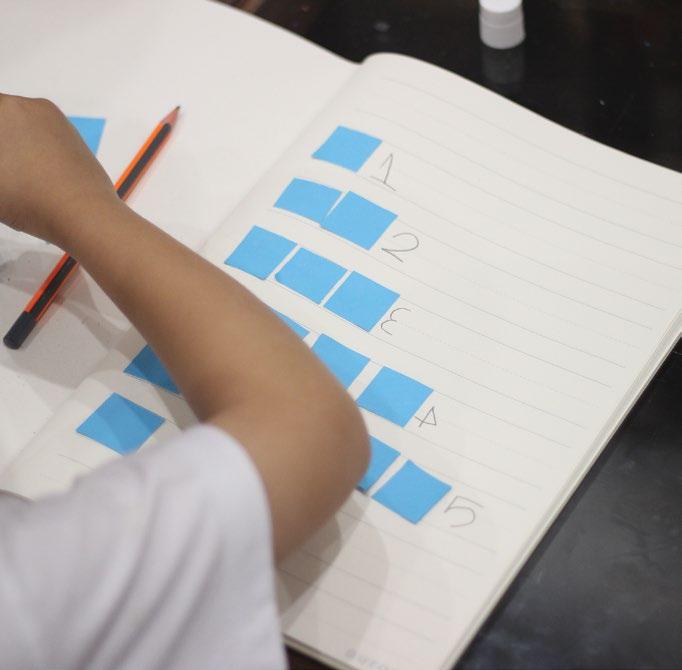
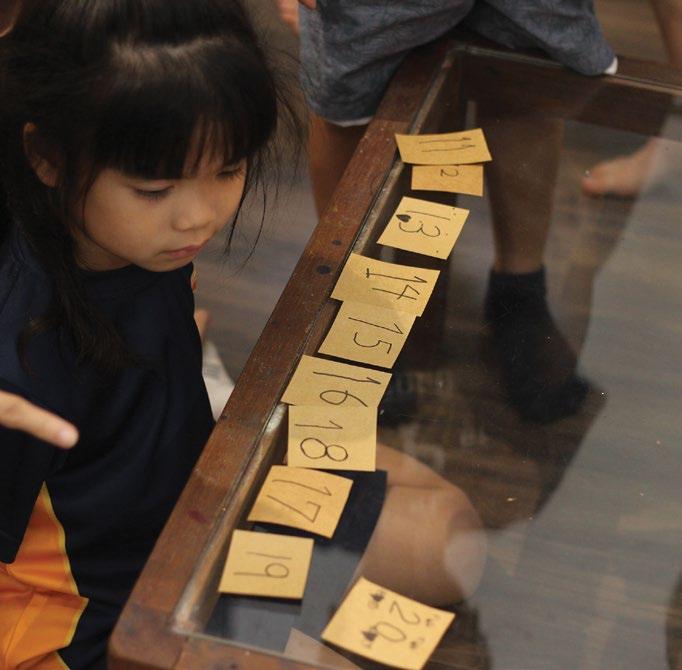

As children explore Mathematical concepts in a hands-on setting, they are able to notice patterns, make predictions and generalizations, note reciprocal relationships and draw their own hypotheses. As they are developing these competencies, they form a deep understanding of the concepts explored.


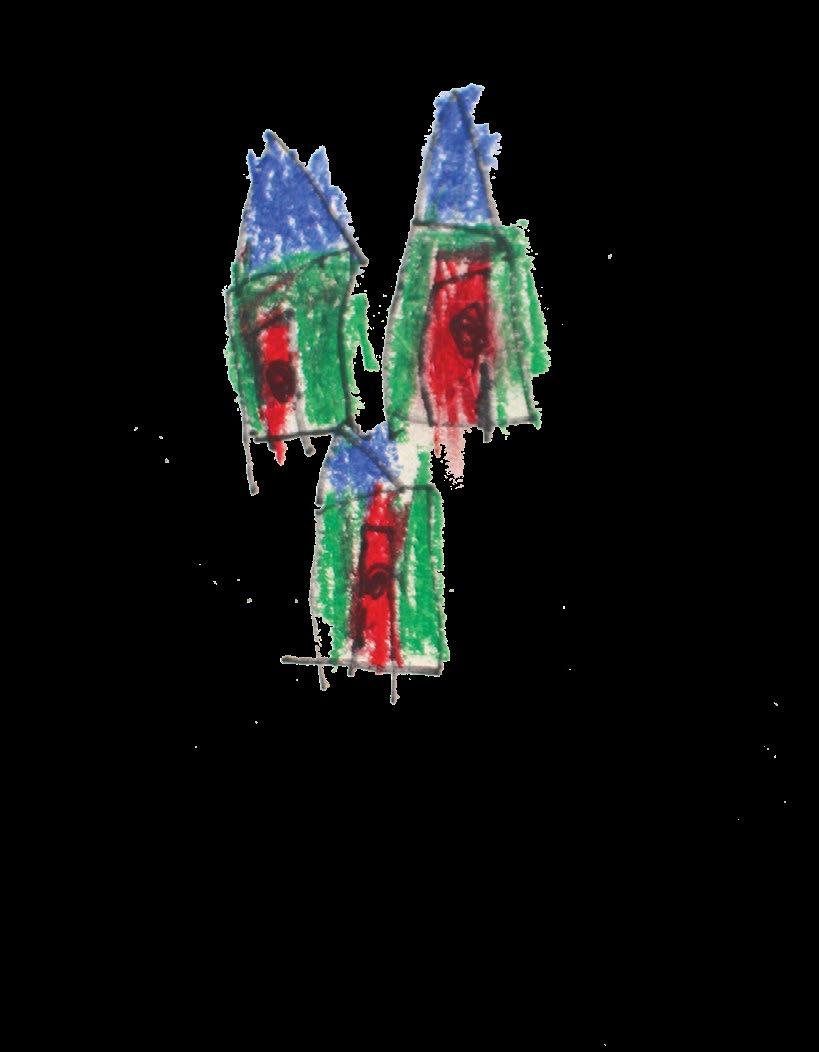

Through a variety of meaningful engagements our Prep children gained a wealth of knowledge to draw on and could transfer their real-life experiences to the more abstract world of number symbols.
“Number three”, Fibre pen on paper, Yuto
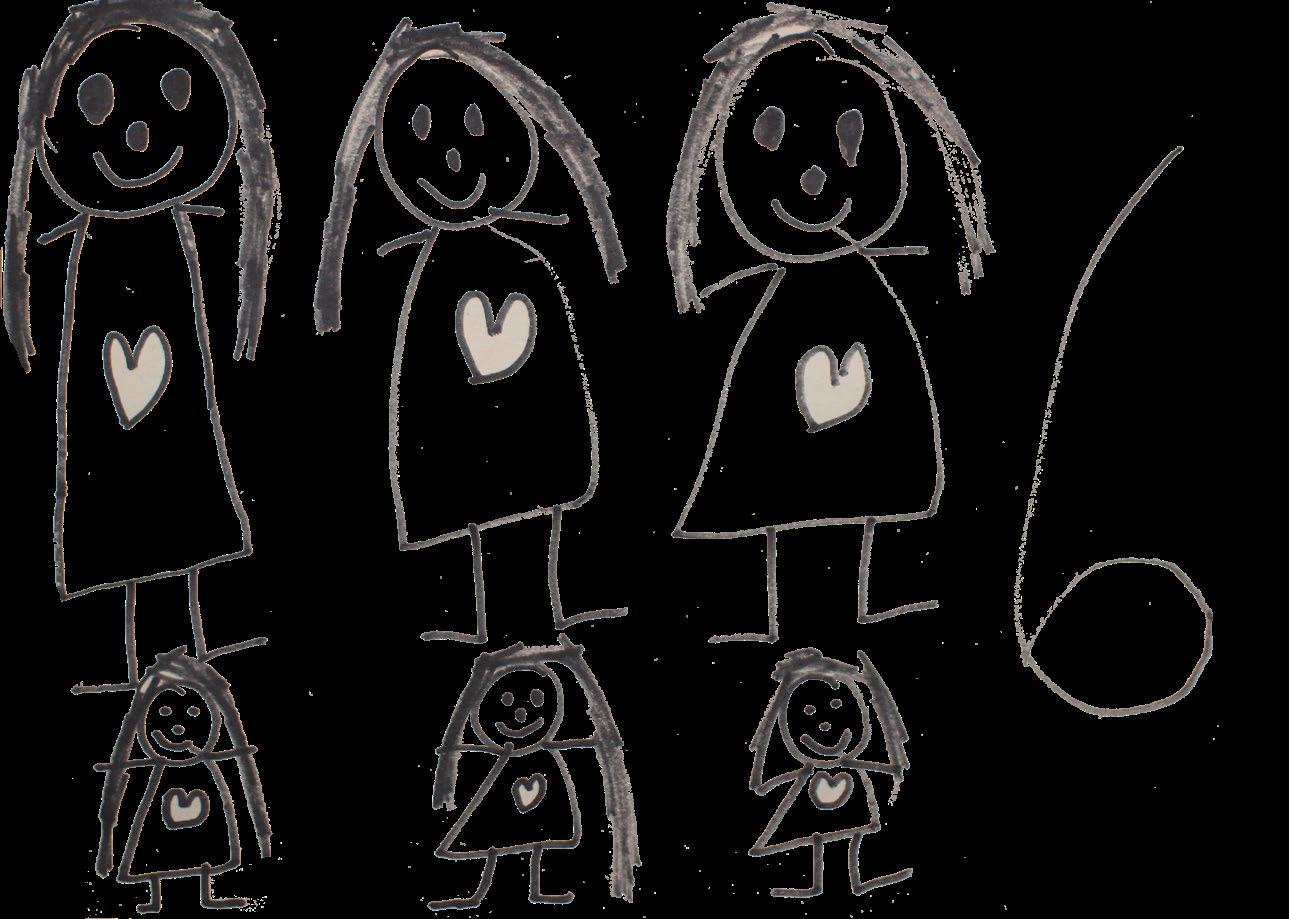
“Number six”, Fibre pen on paper, Kohura
Working together was a big part of our Prep experience. The more the teachers stepped back and allowed the children to work things through together, the more we could truly observe and take notice of their understanding and capabilities. The deeper our understanding, the better we were able to engage them and set challenges at an appropriate level.
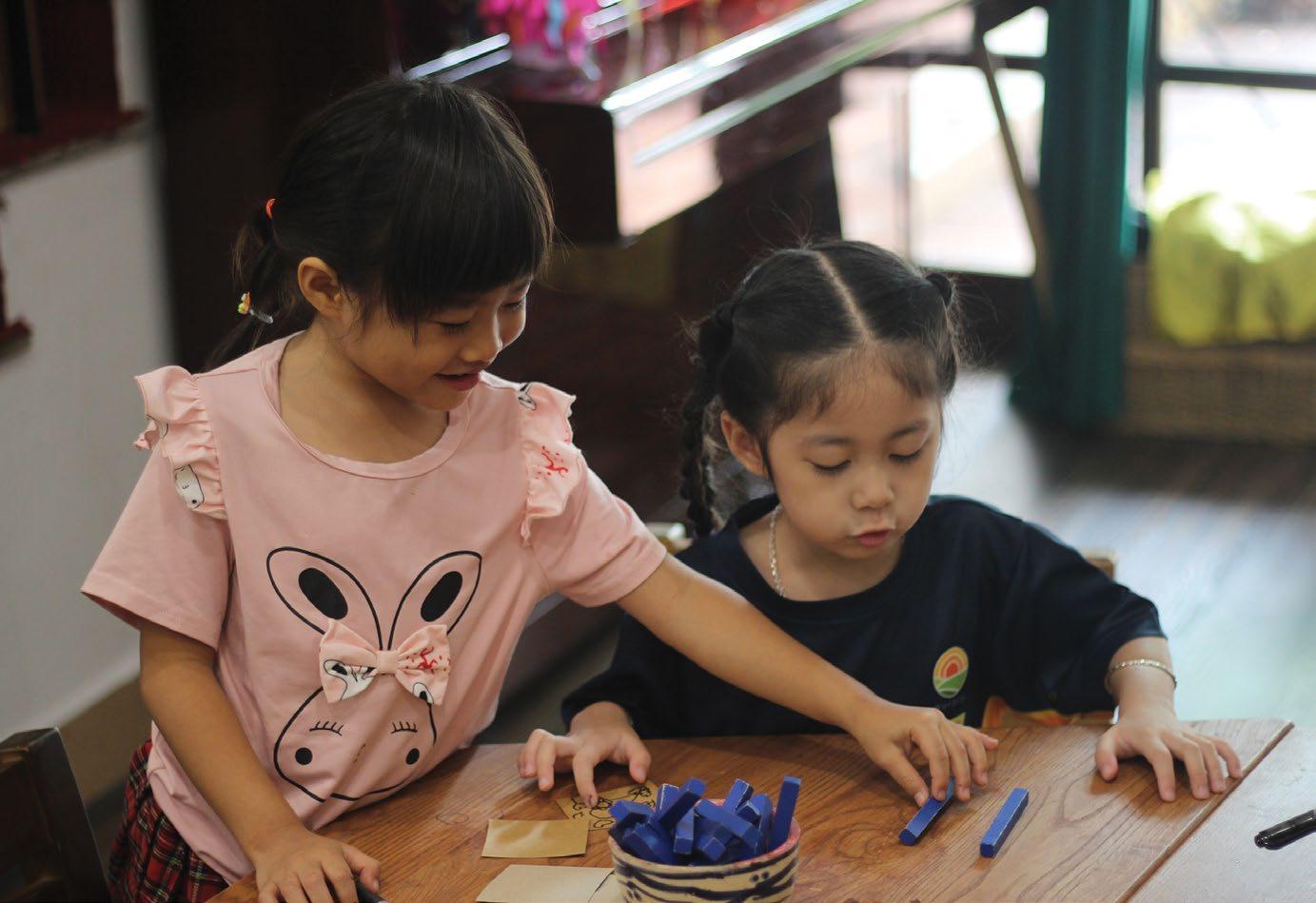

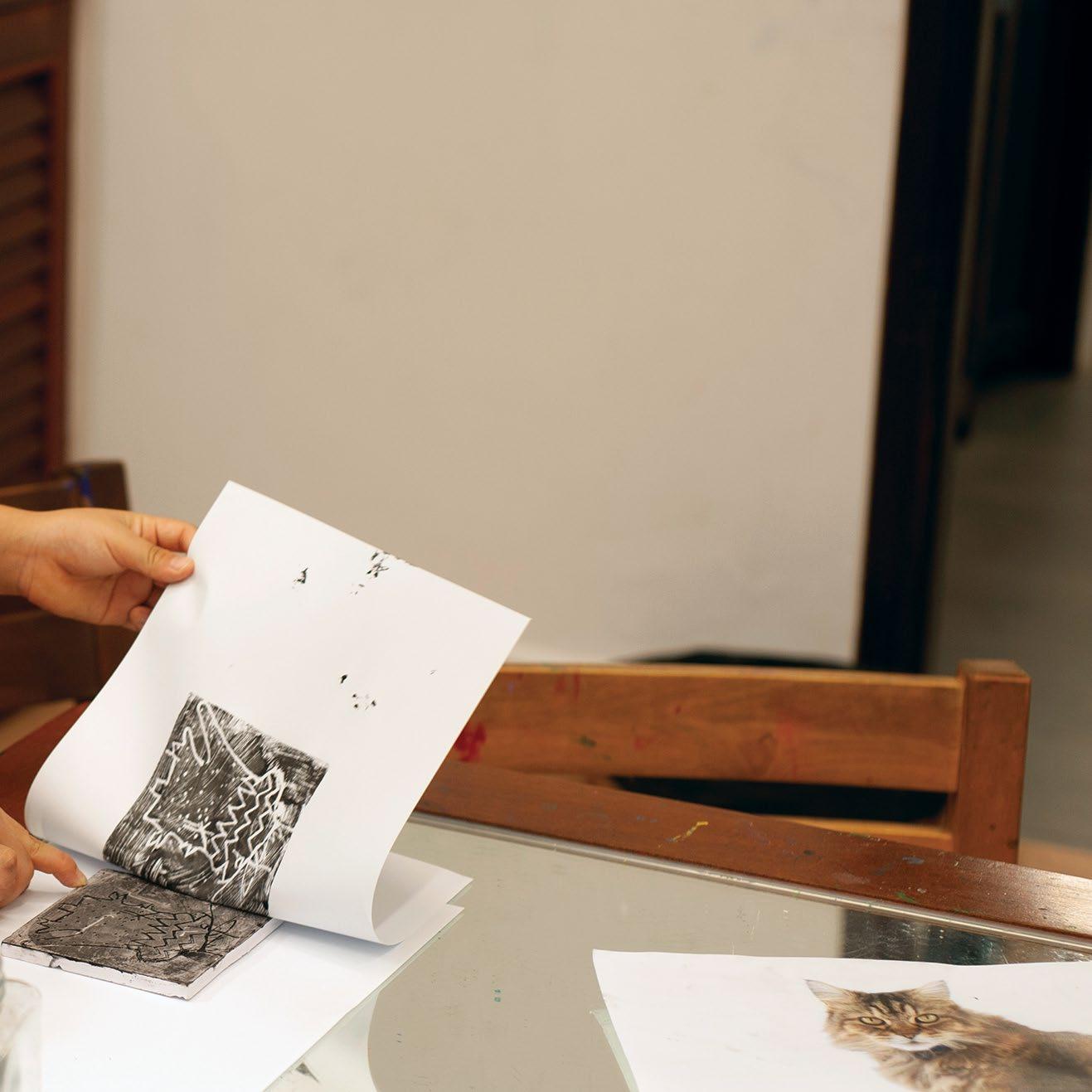
The Language of Art
Art is but one of many different ways in which we make sense of the world around us, but it is an especially powerful one through tactile emphasis on the visual. By working with your hands, you are making sense of an inner and outer world while slowing developing a relationship with materials and processes. In a sense, you become a scientist discovering how different things work, focusing on small details in a way that is unique to you alone. I have watched and facilitated your explorations, and every step has been one of curiousity, surprise and joy.
In Prep, I can especially see your love for drawing and colour. You spend hours with sharpies and pencils in your hands, drawing friends as mermaids, cats and anything that has infuenced you recently. Monster trucks, cars in the rain and cityscapes...these have all captured your imagination as your drew them with careful detail.


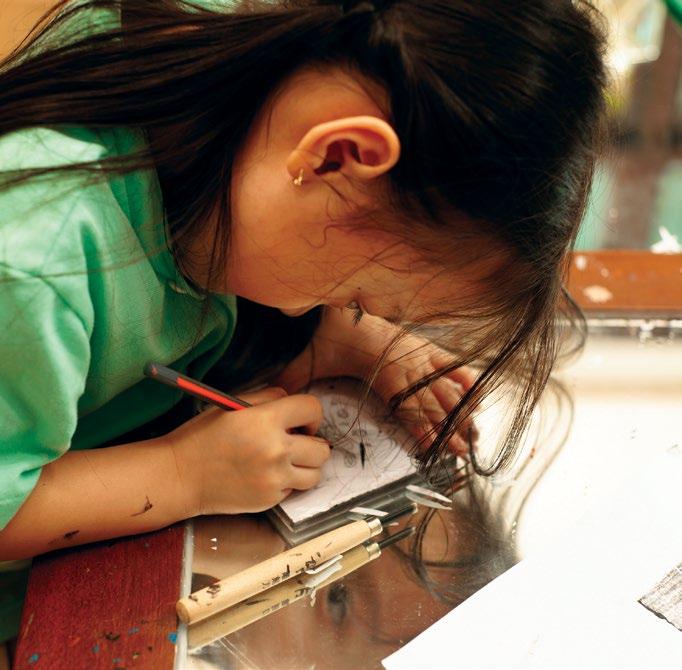
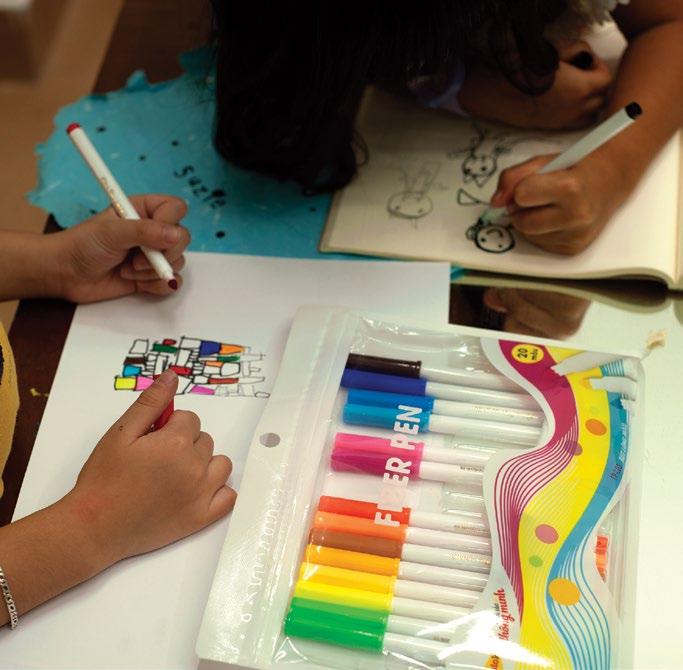

I decided to follow your interests by focusing on drawing, and in the second half of the year we looked at patterns with sharpies and coloured fibre pens. This fed beautifully into printmaking, where you worked into Formex tiles with carving tools. The plastic coated surface of the tiles offered resistance, and you learnt to cut away from yourselves and to work slowly and carefully. Then came the colour mixing! I hope colours will never lose their fascination for you. You gathered around each other’s work and observed what your friends made. “I like Julia’s colours. How did you make it?” one friend asked. “I mixed pink and blue.” Julia replied.
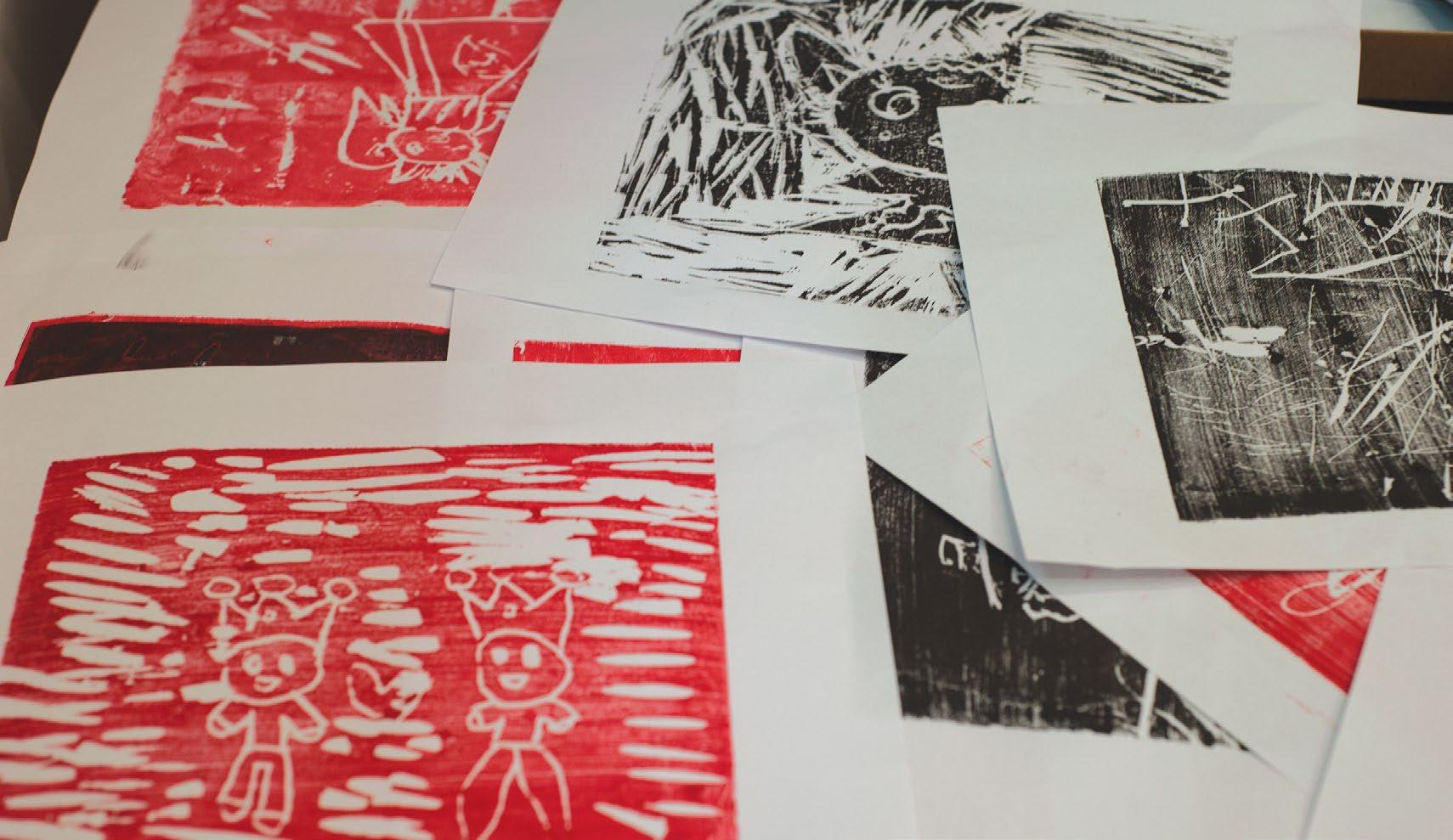
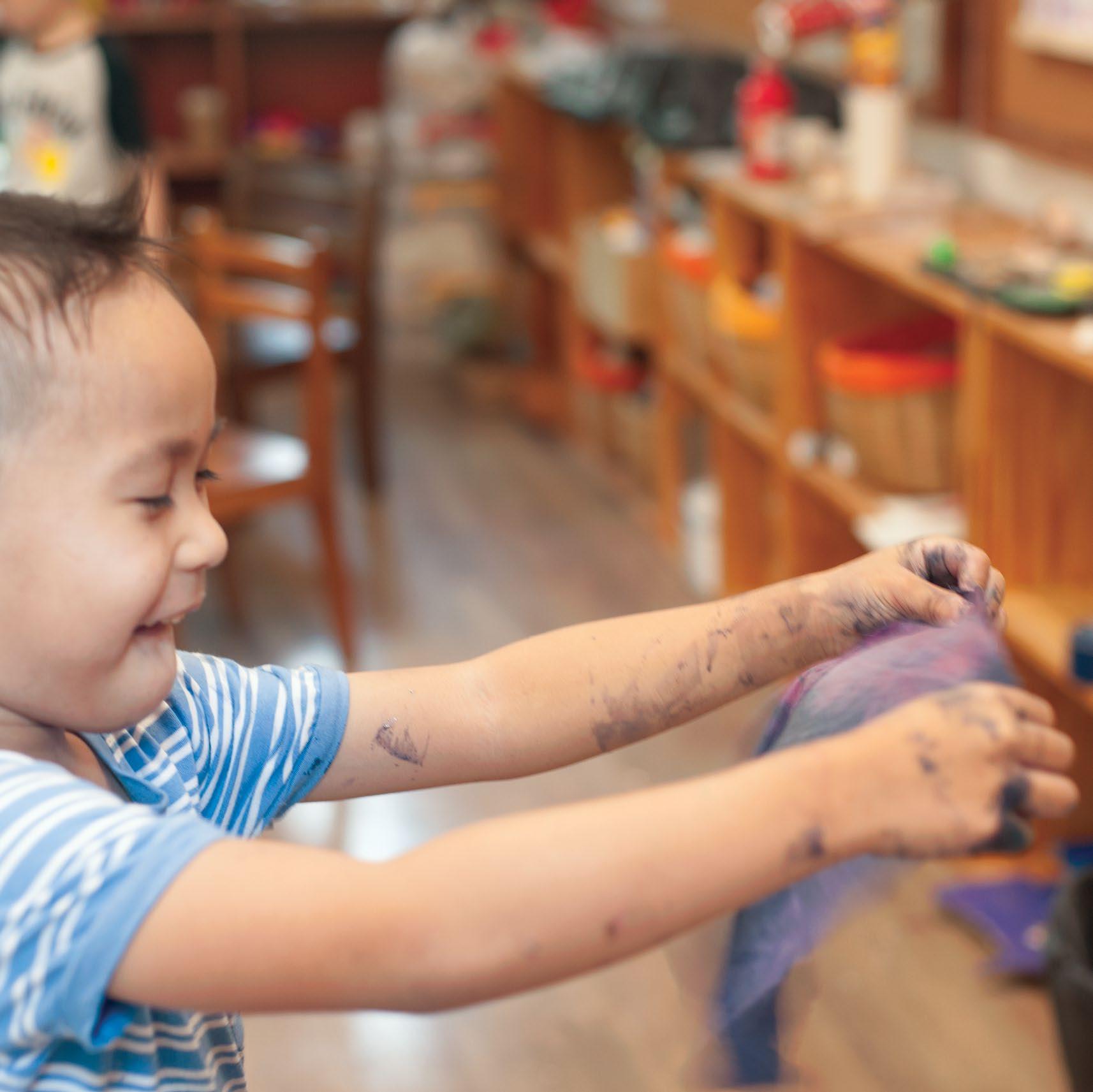
We moved from printmaking to fabric dyeing, but your interest in printing continued as you pressed colours on to strips of linen with your relief tiles. In what other ways could we add colour to the fabric? Butterfly pea and hibiscus flowers turned your fabric shades of blue and red, while tumeric powder introduced a strong yellow. Later than month, Ms Tram worked with you in turning your fabric strips into bags and books. I hope you keep them with you always.




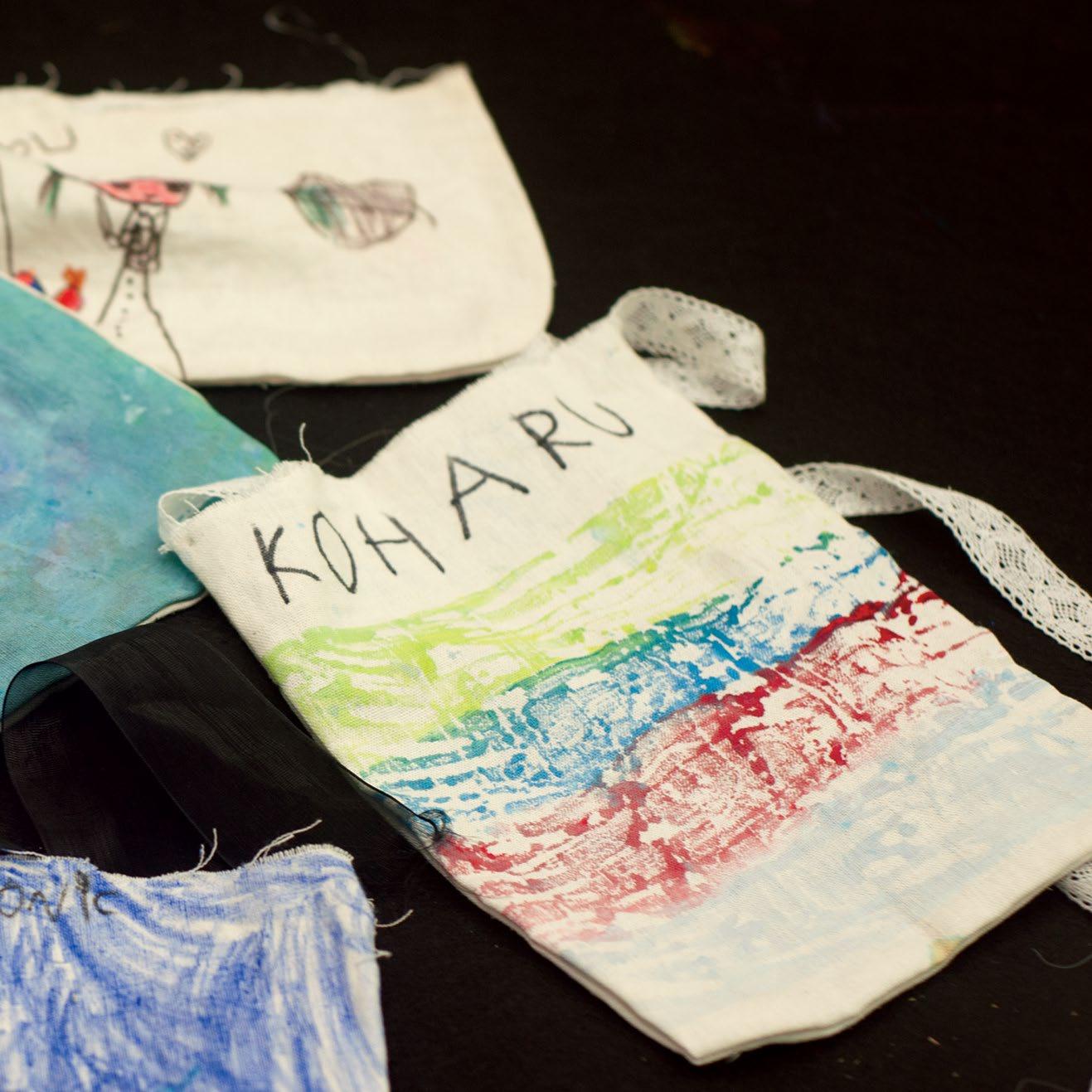
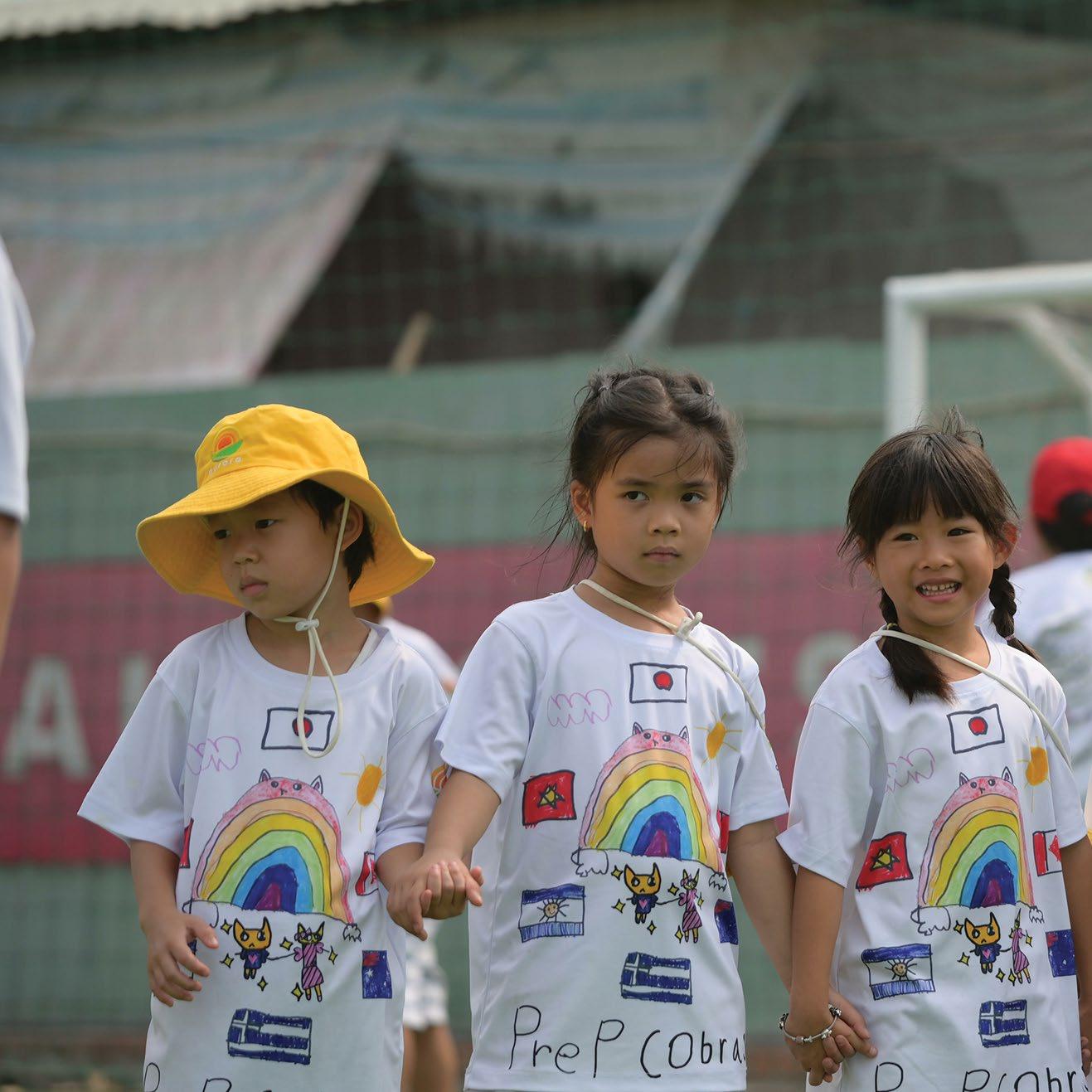
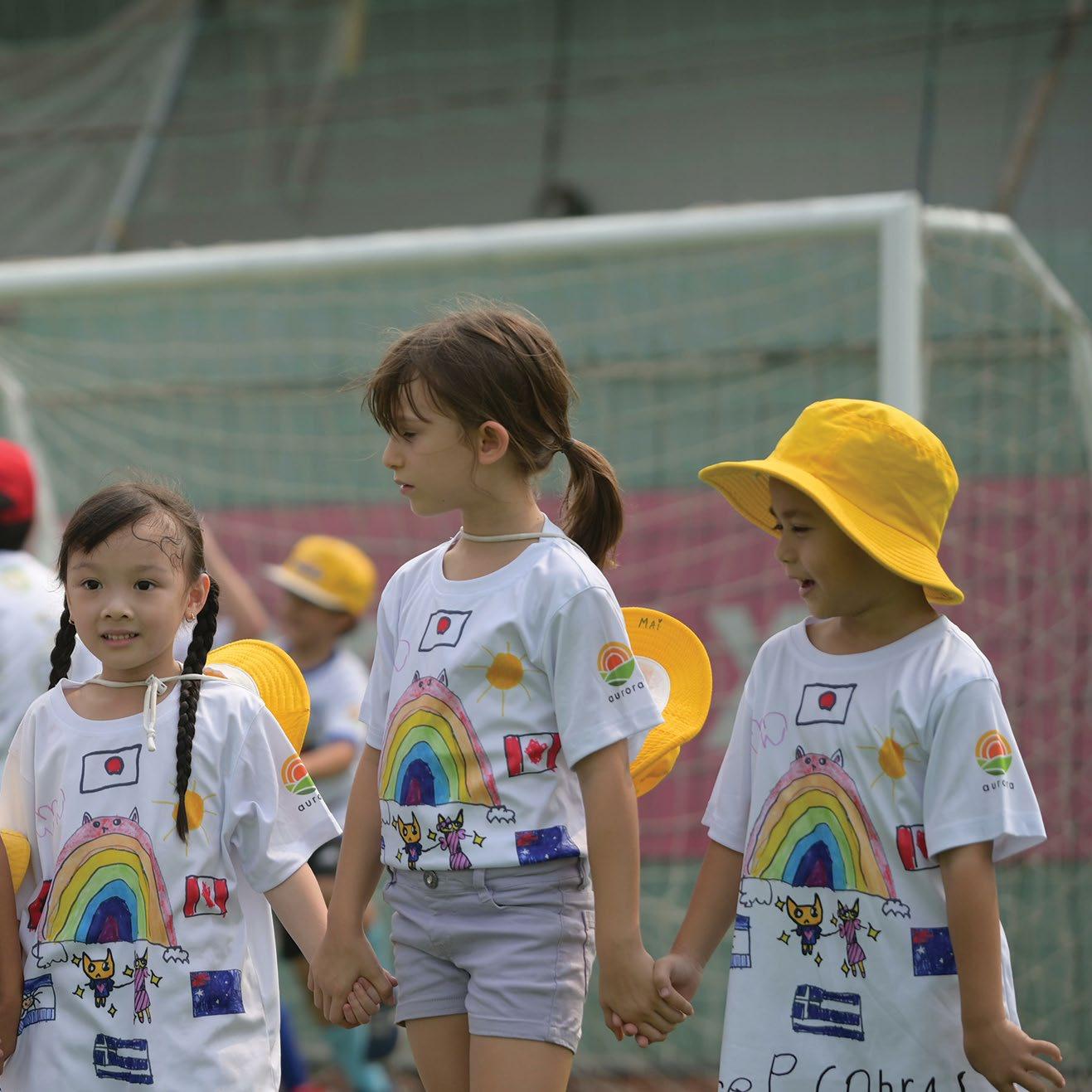
The Language of Well-Being
The children immersed themselves in a dynamic physical education experience. Embracing the holistic development of young minds and bodies, they explored coordination and teamwork through captivating movement activities. With gleeful enthusiasm, they joyfully engaged in ball games, celebrating the spirit of collaboration. Diving into the realm of racket sports, they expressed creativity and perseverance. This rich and playful journey nurtured their sense of self, fostering a love for movement and joyful exploration.
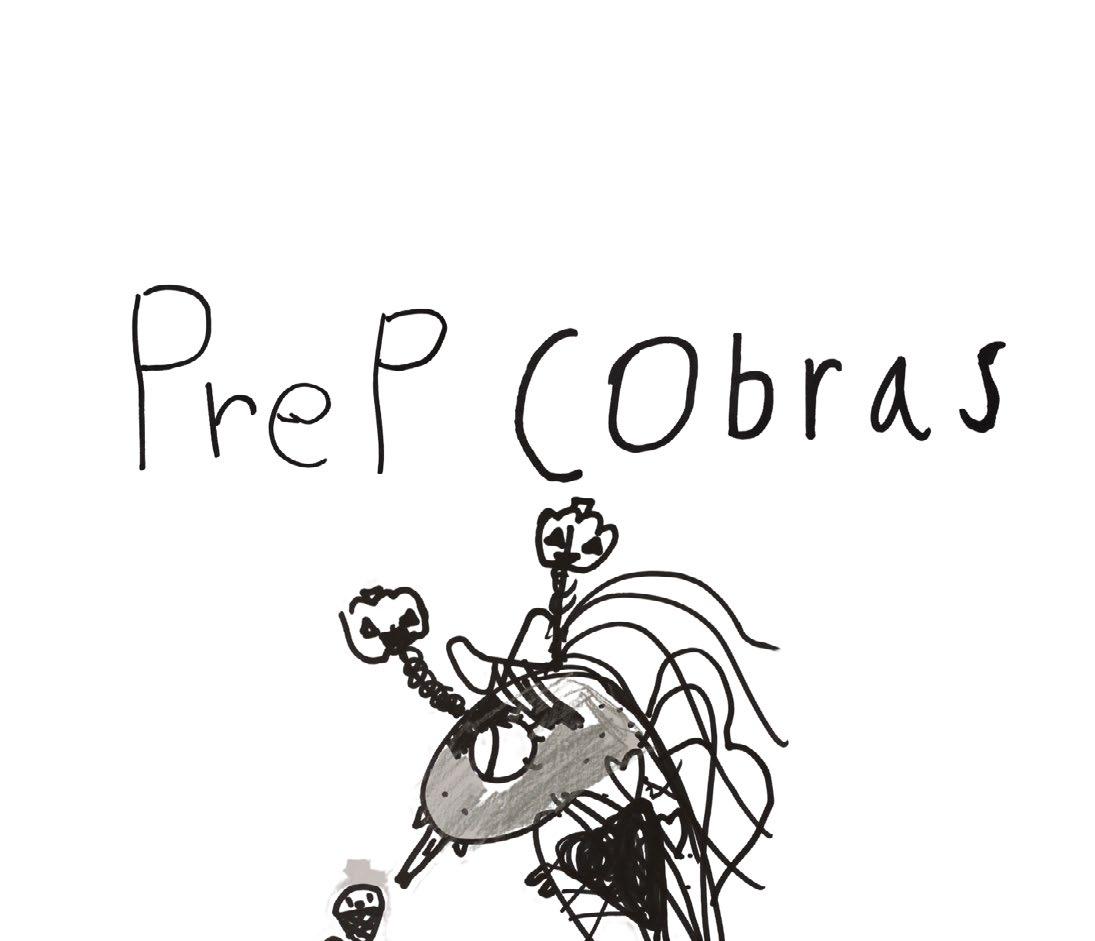
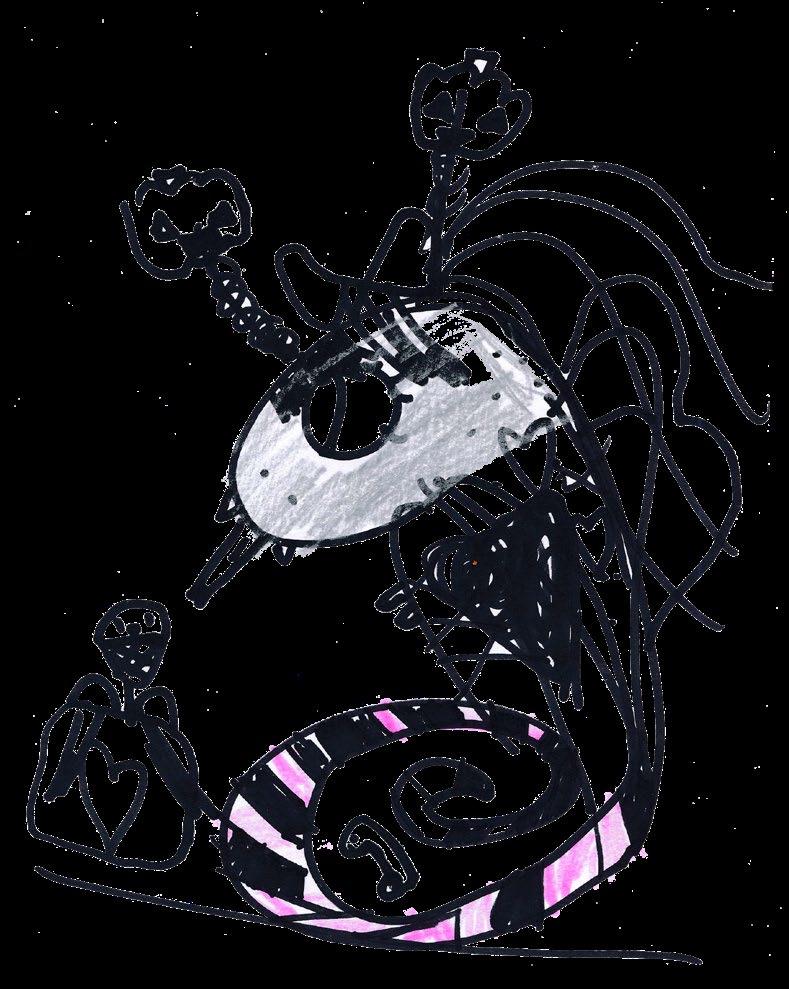



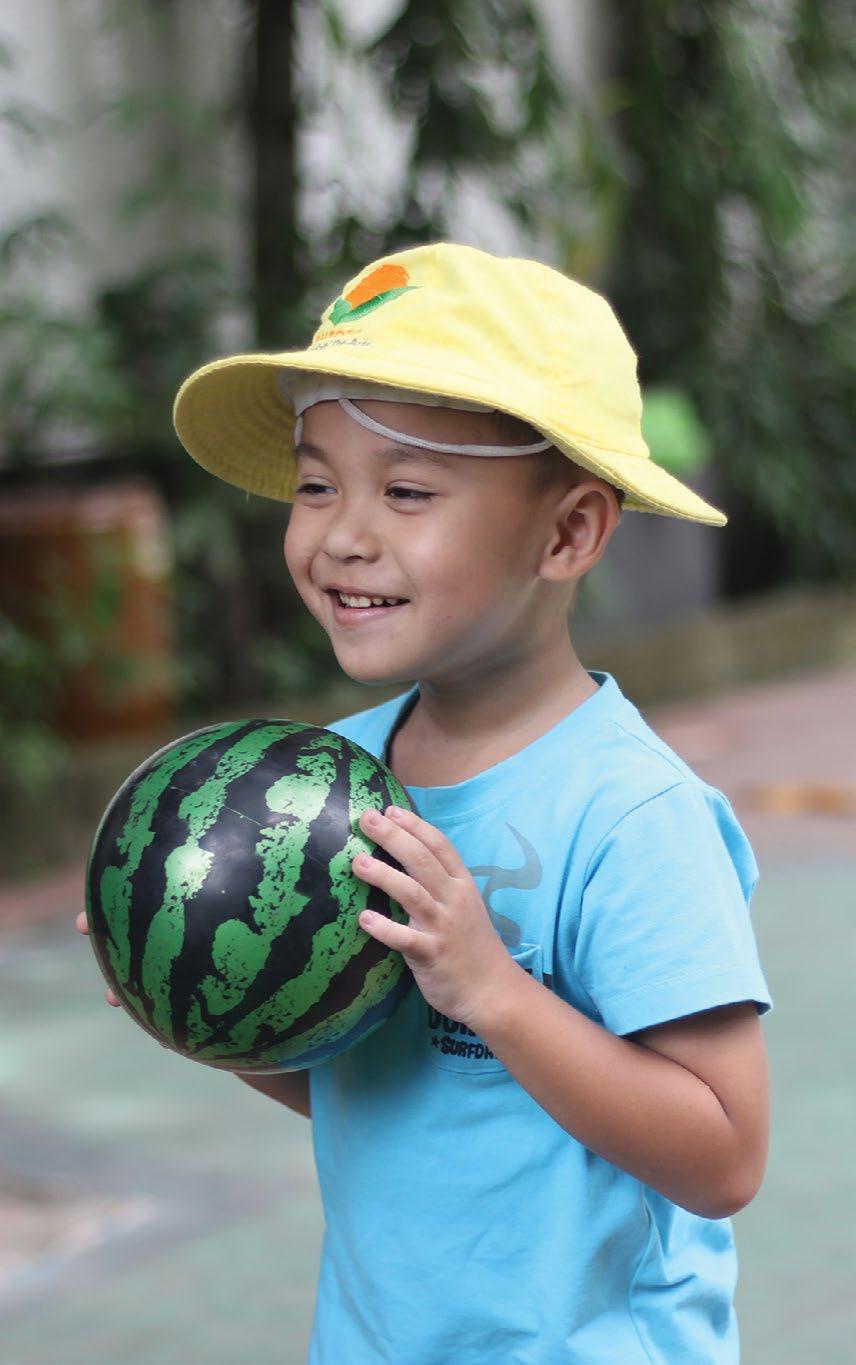
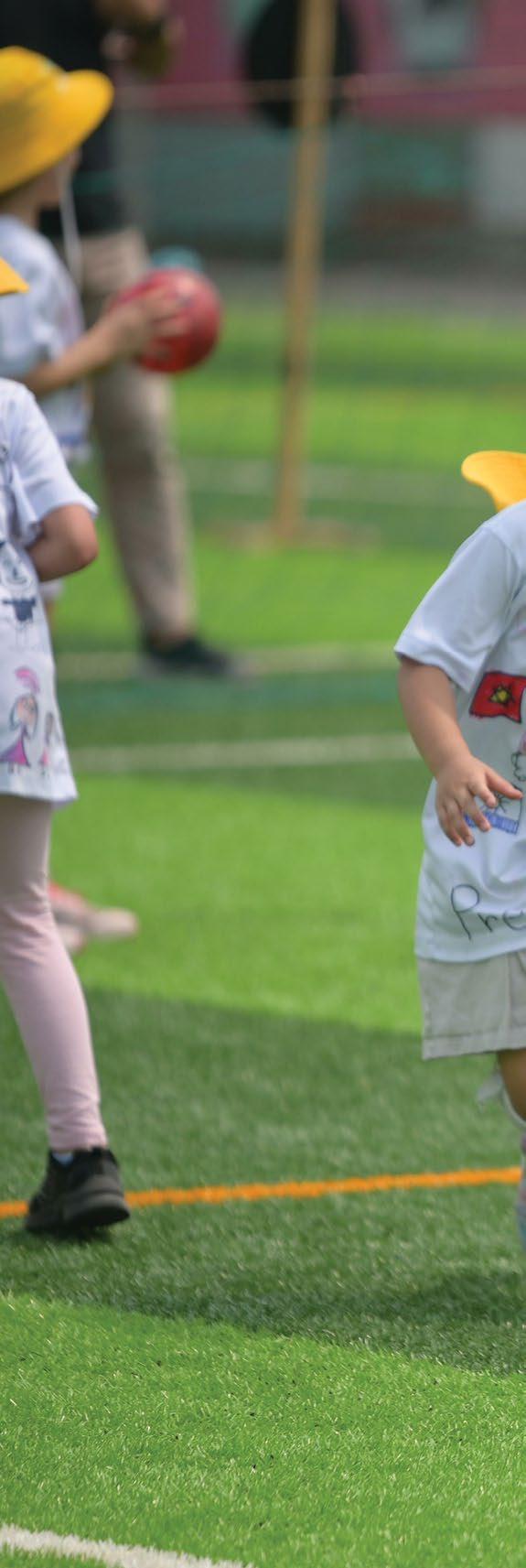
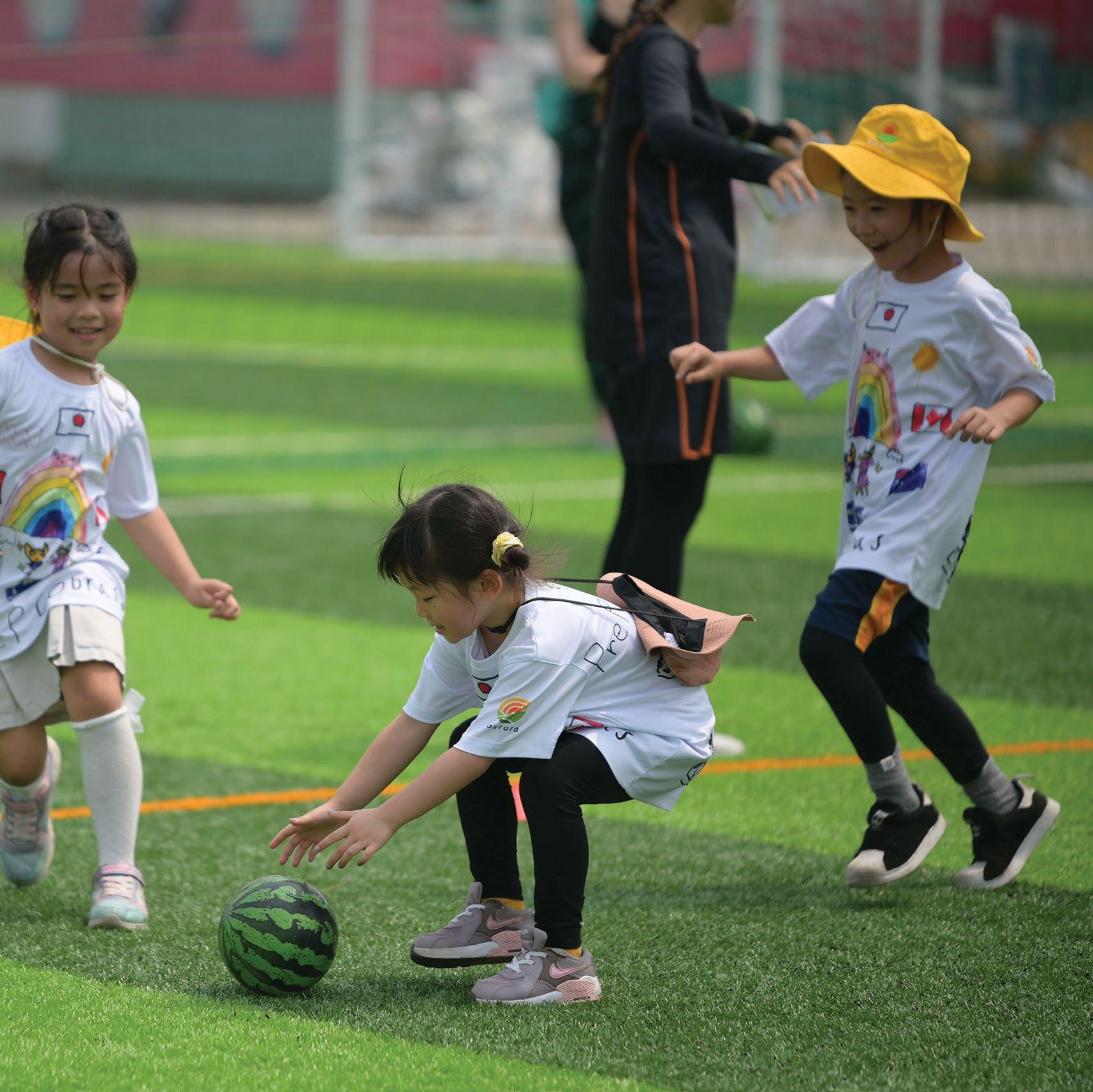
Researchers
Jet
Haruta
Koharu
Sakurako
Dau
Suzie
Vi Anh
Julia
Mai
James
Nam
Yuto
Mip
Mr. Corey
Ms. Tram
Ms. Claire (Atelierista)
Ms. Kaori (Japanese)
Mr. Huy (Physical Education)
Ms. Taryn (Primary Coordinator)
Ms. Penny (Pedagogista)
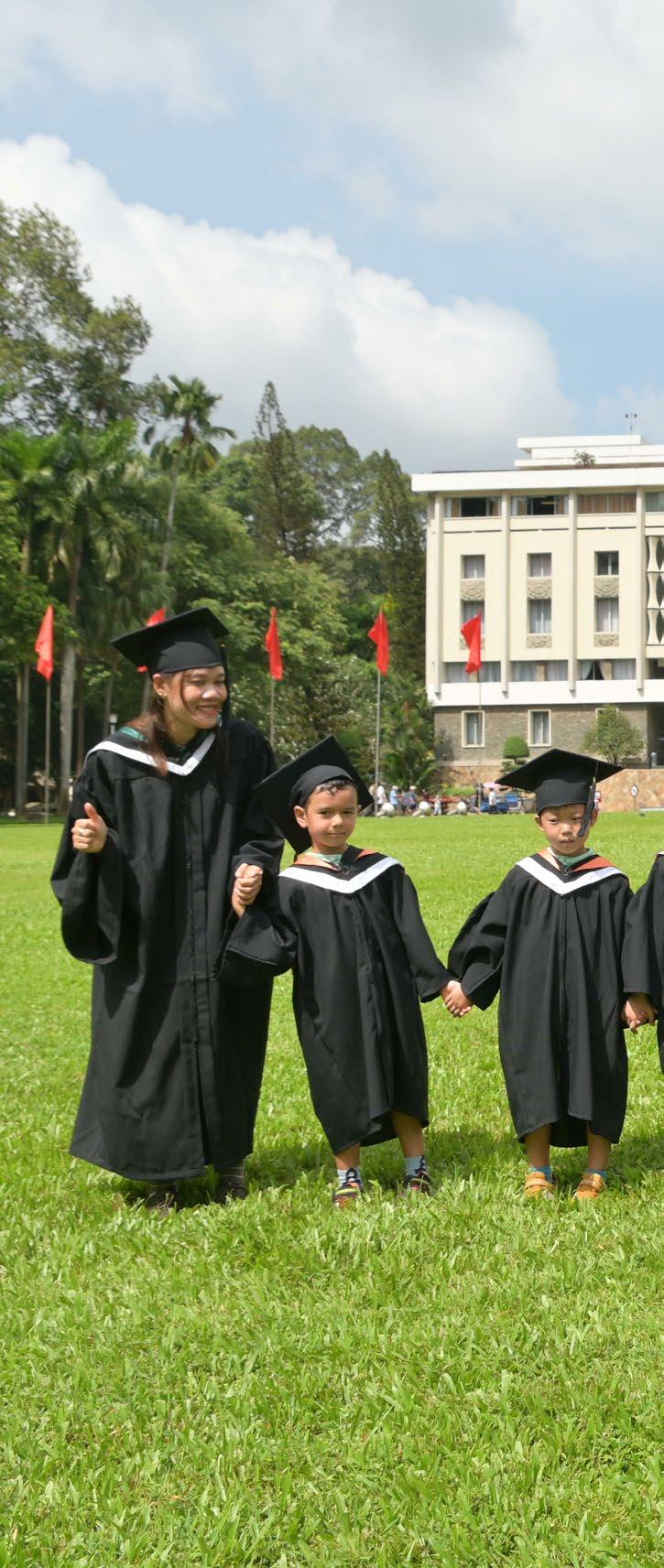

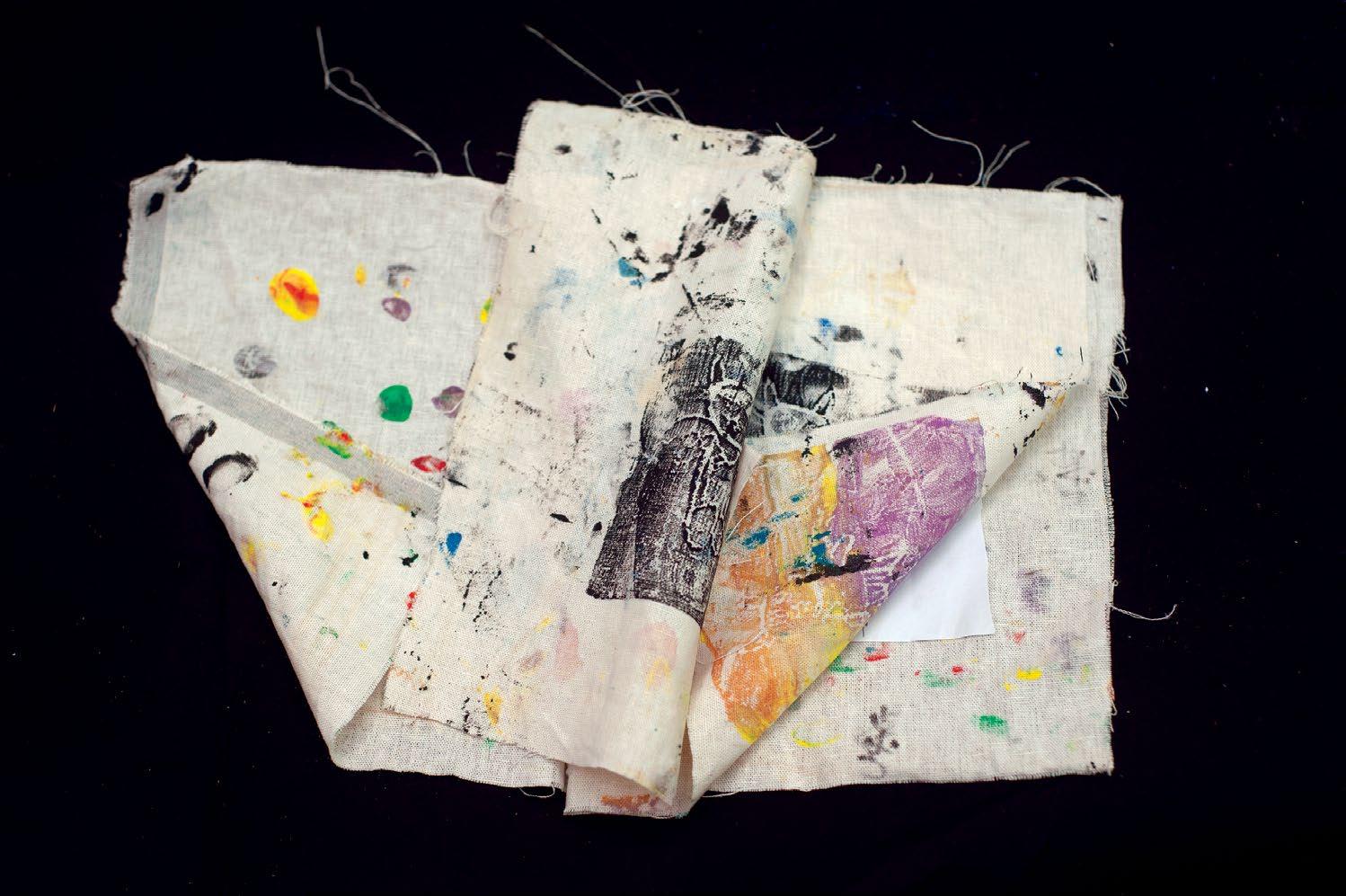
Copyright 2023 Aurora International School Of The Arts © Spring Hill Education Vietnam®. Primavera Aurora®. All rights reserved. Fabric book, Dau
OF
11 - 11A - 13 - 15 Tran Ngoc Dien, Thao Dien Ward, Thu Duc City, Ho Chi Minh City, Vietnam. +84 (028) 3744 2991 info@auroraschool.vn www.auroraschool.vn Academic Year 2022/2023

